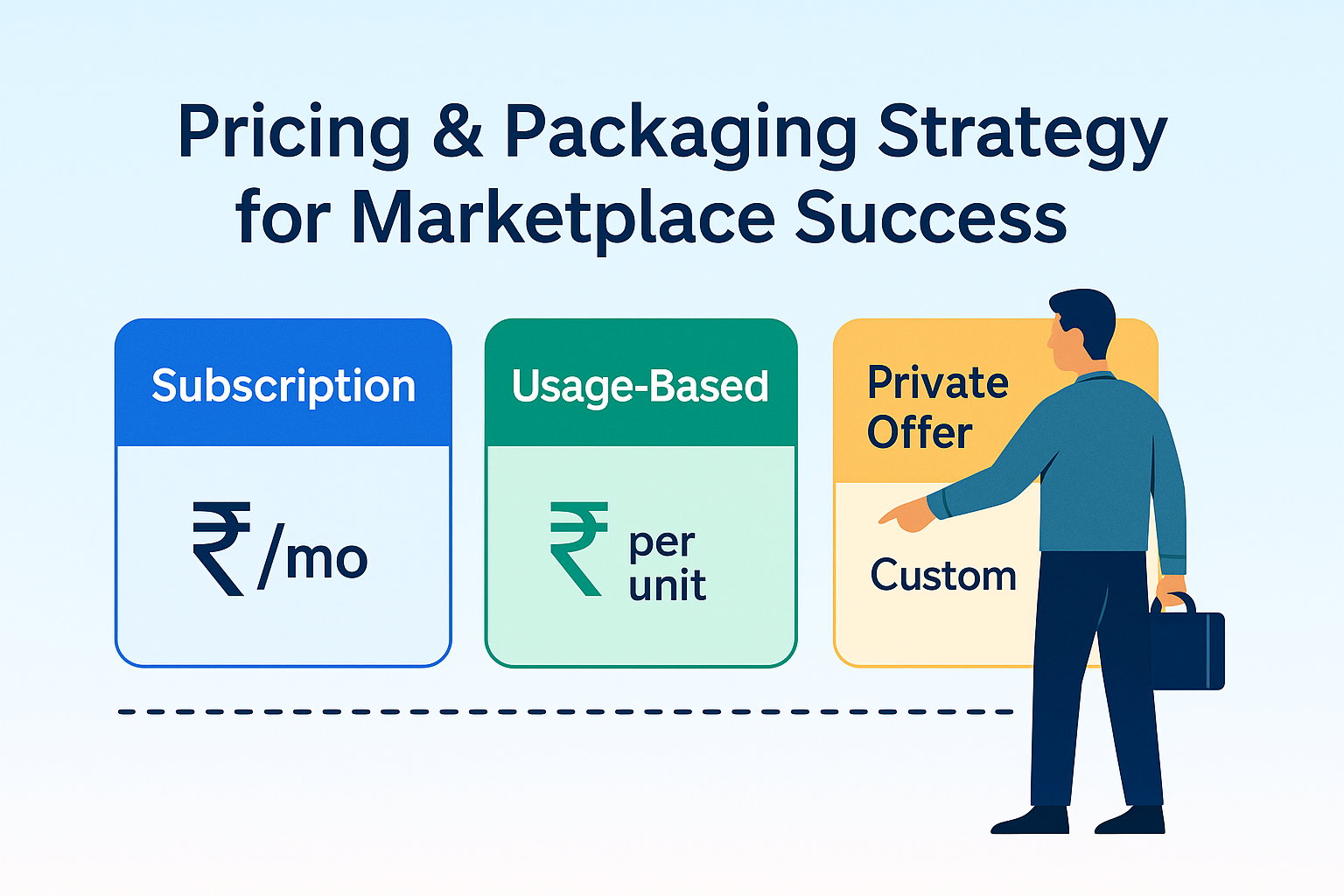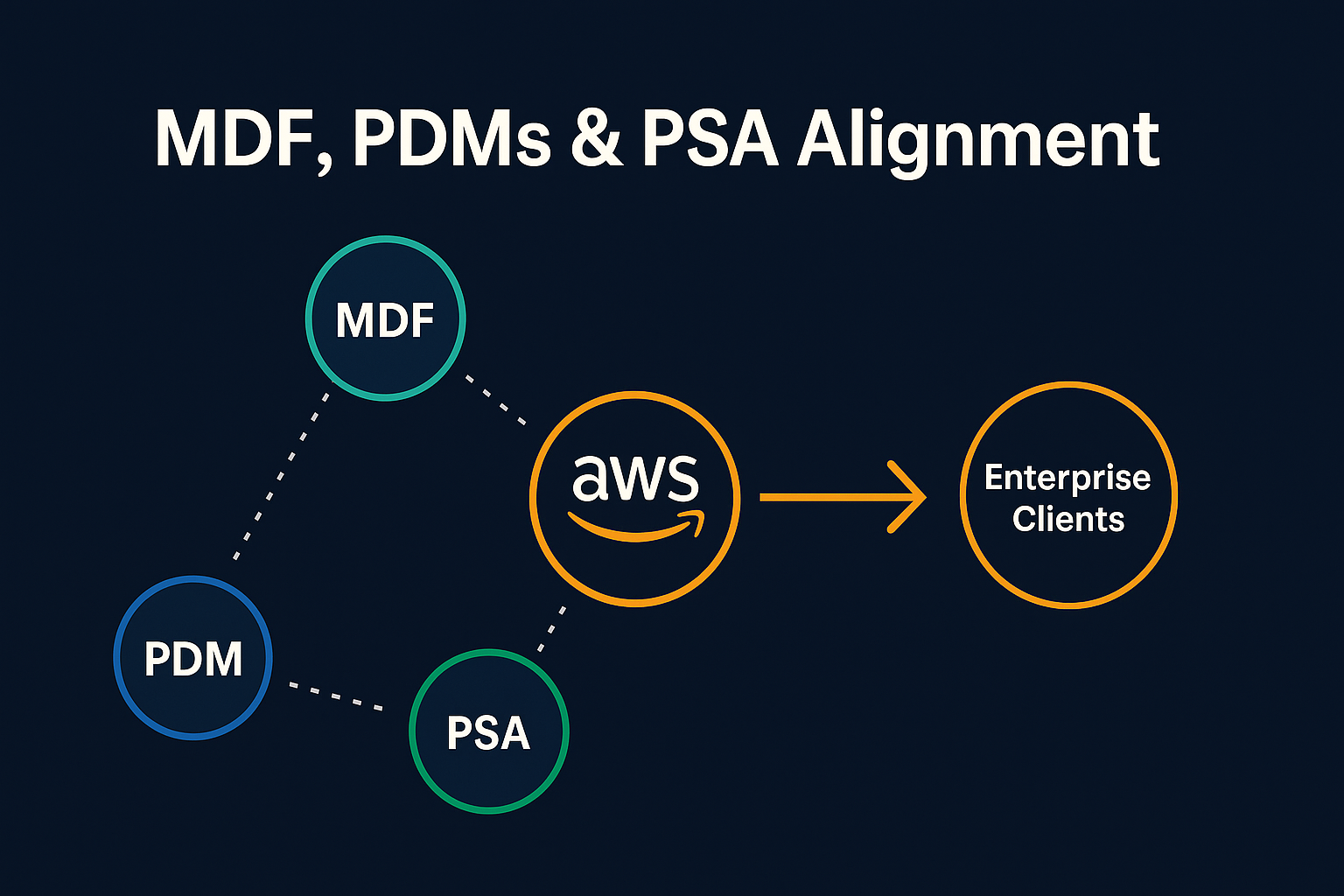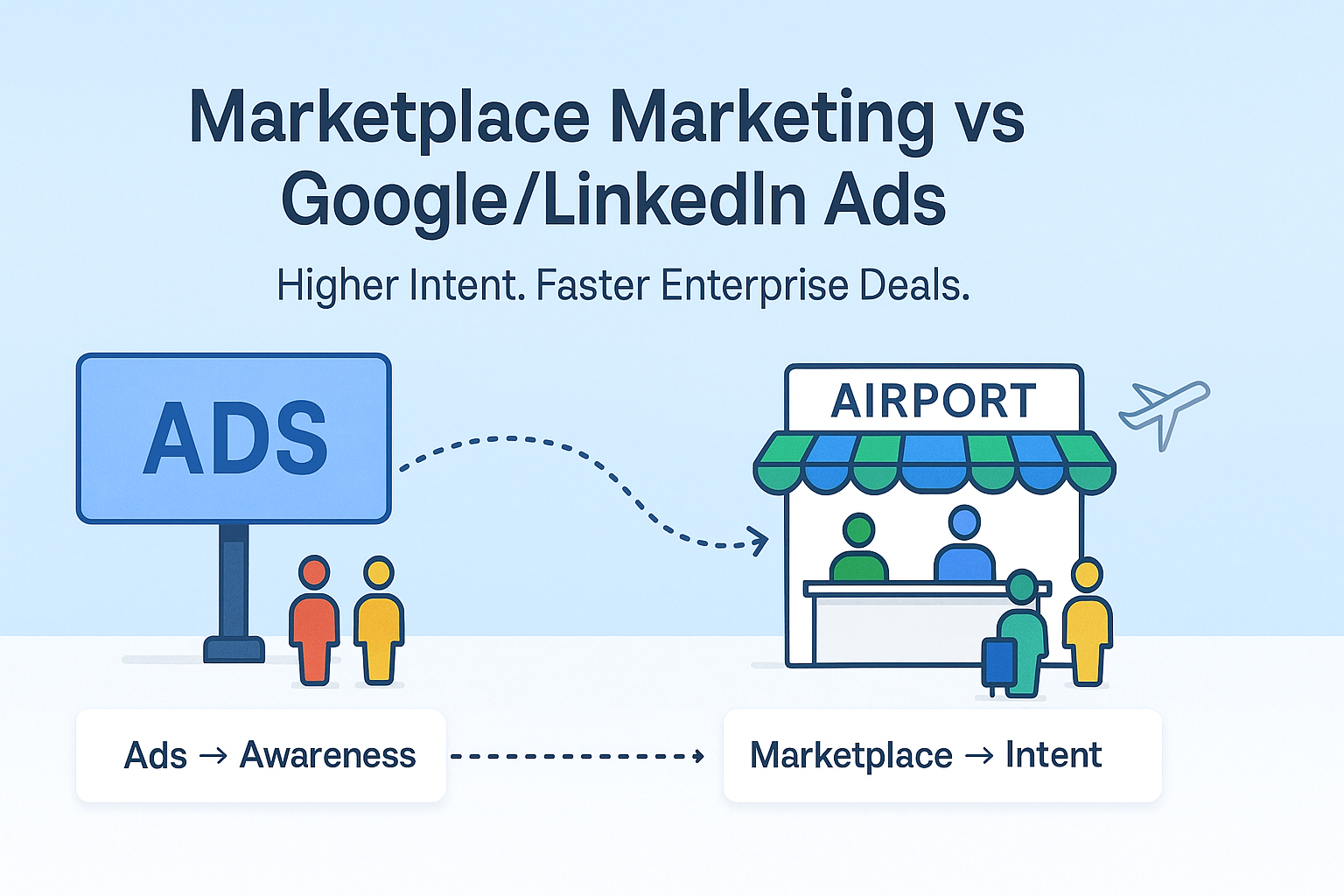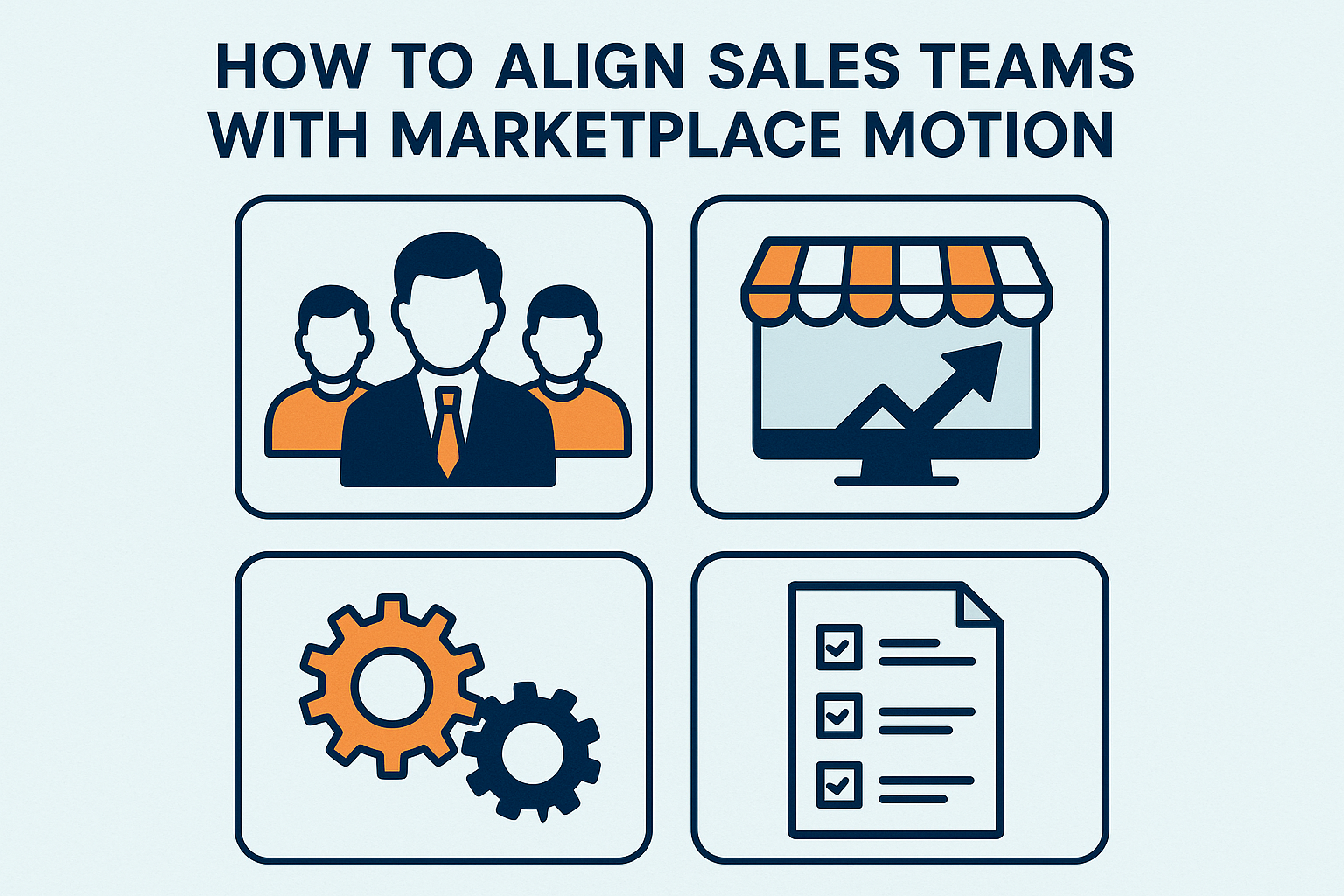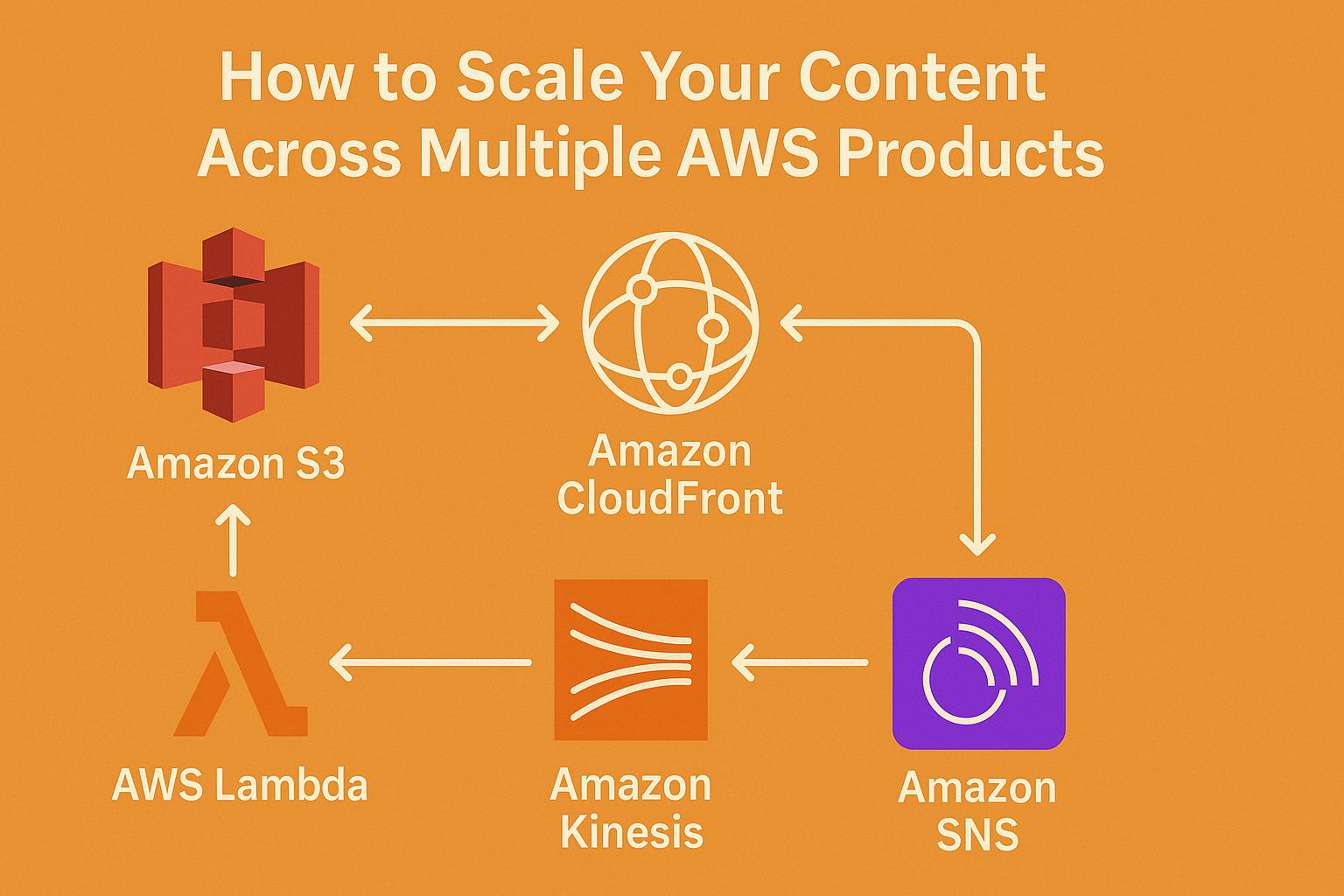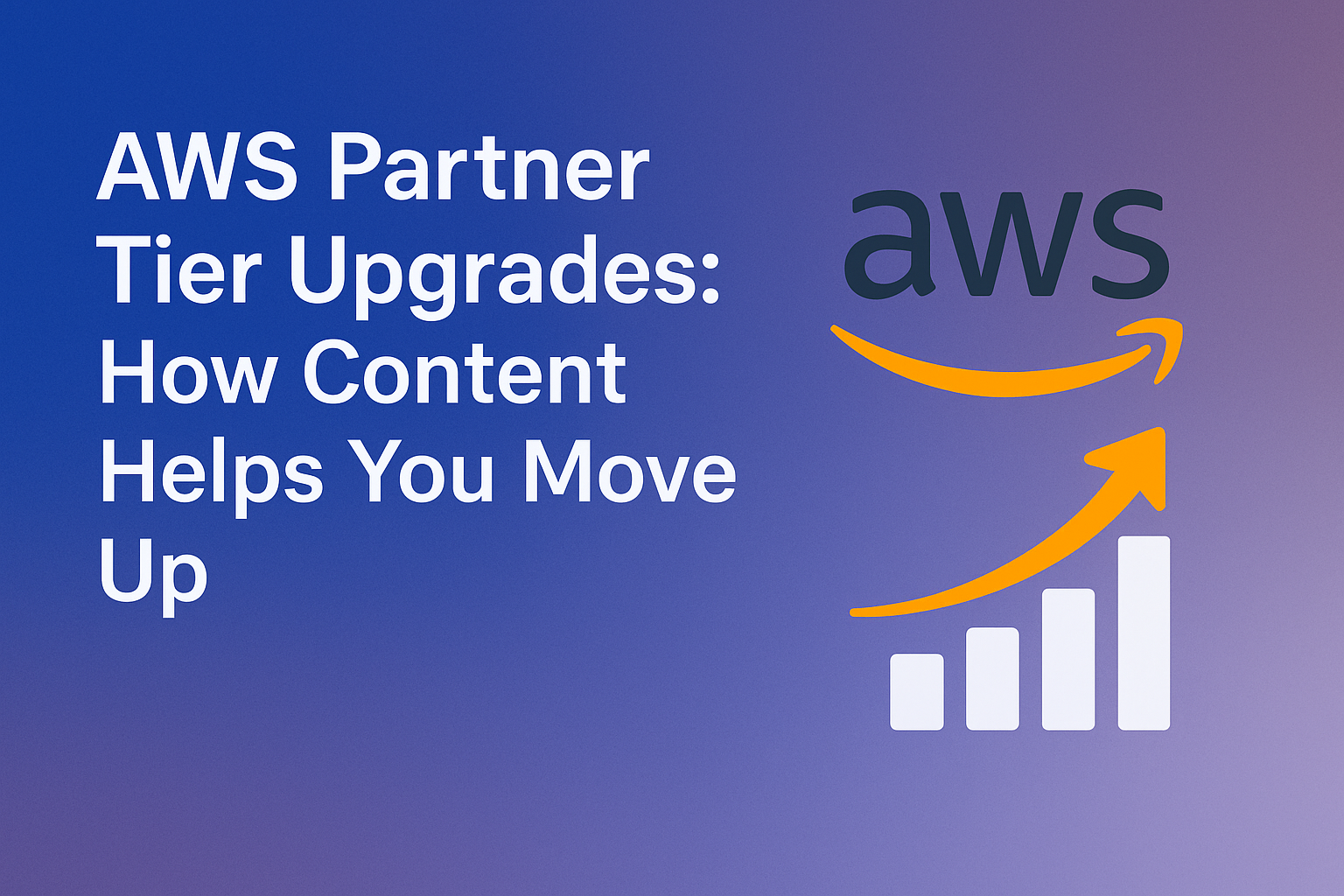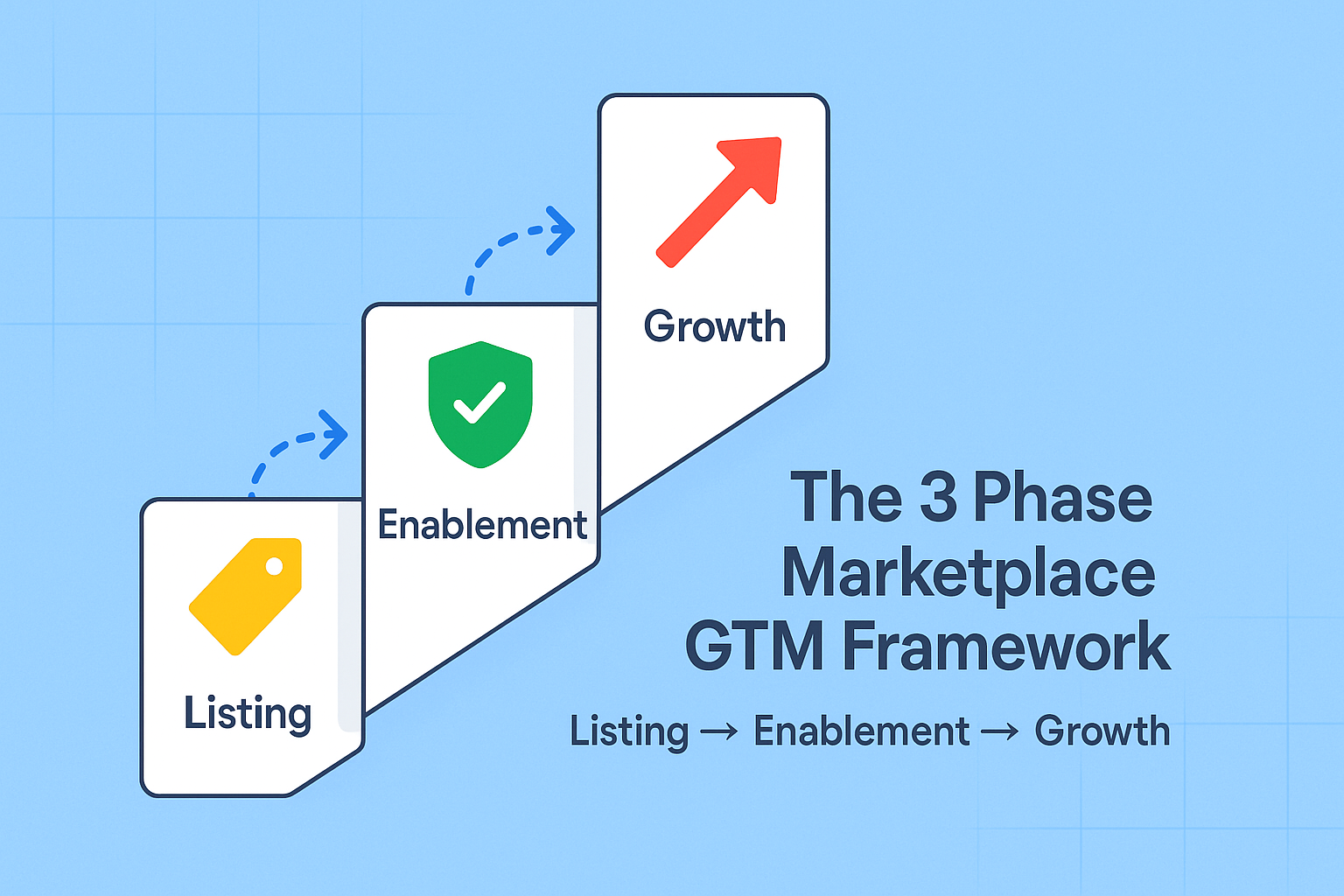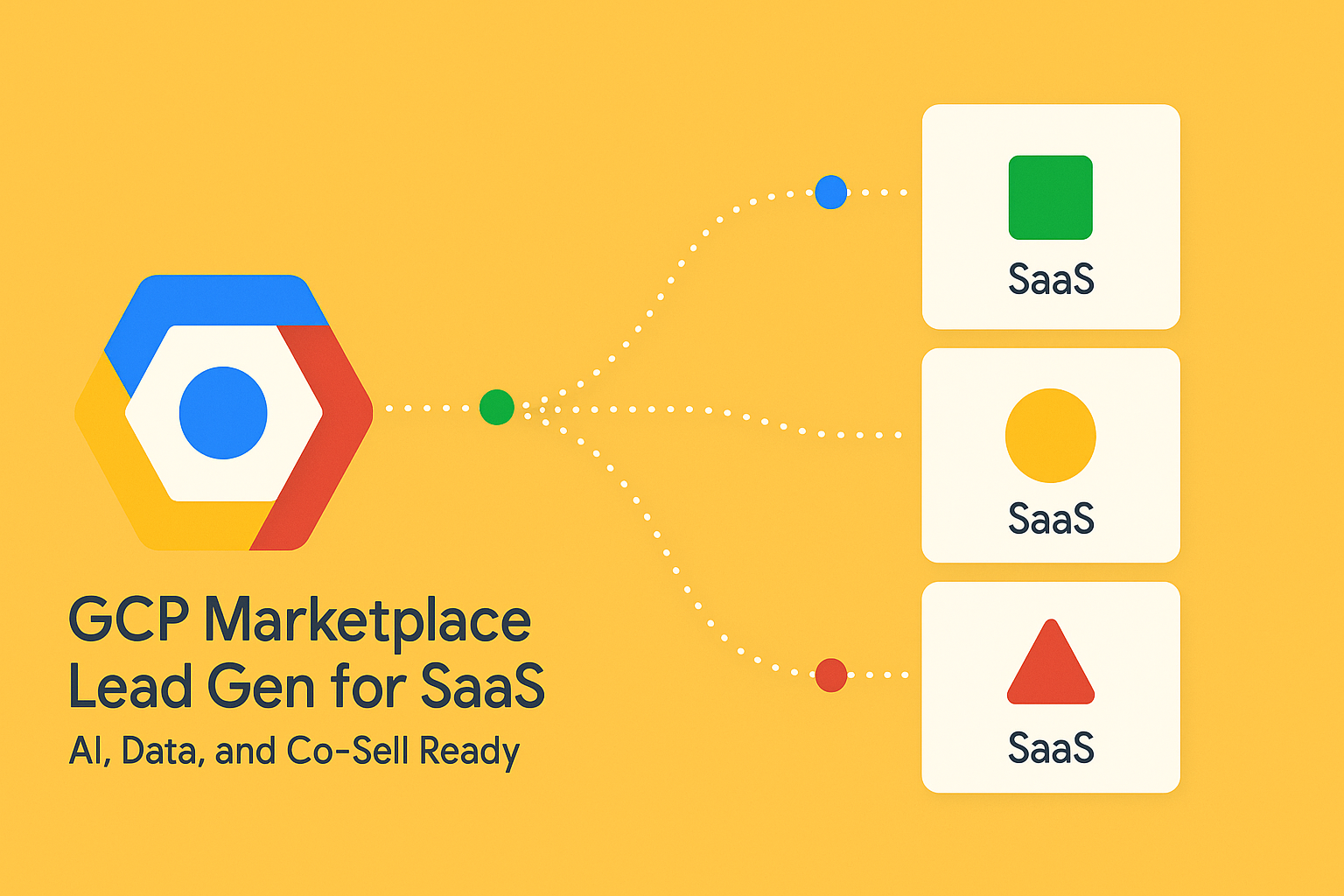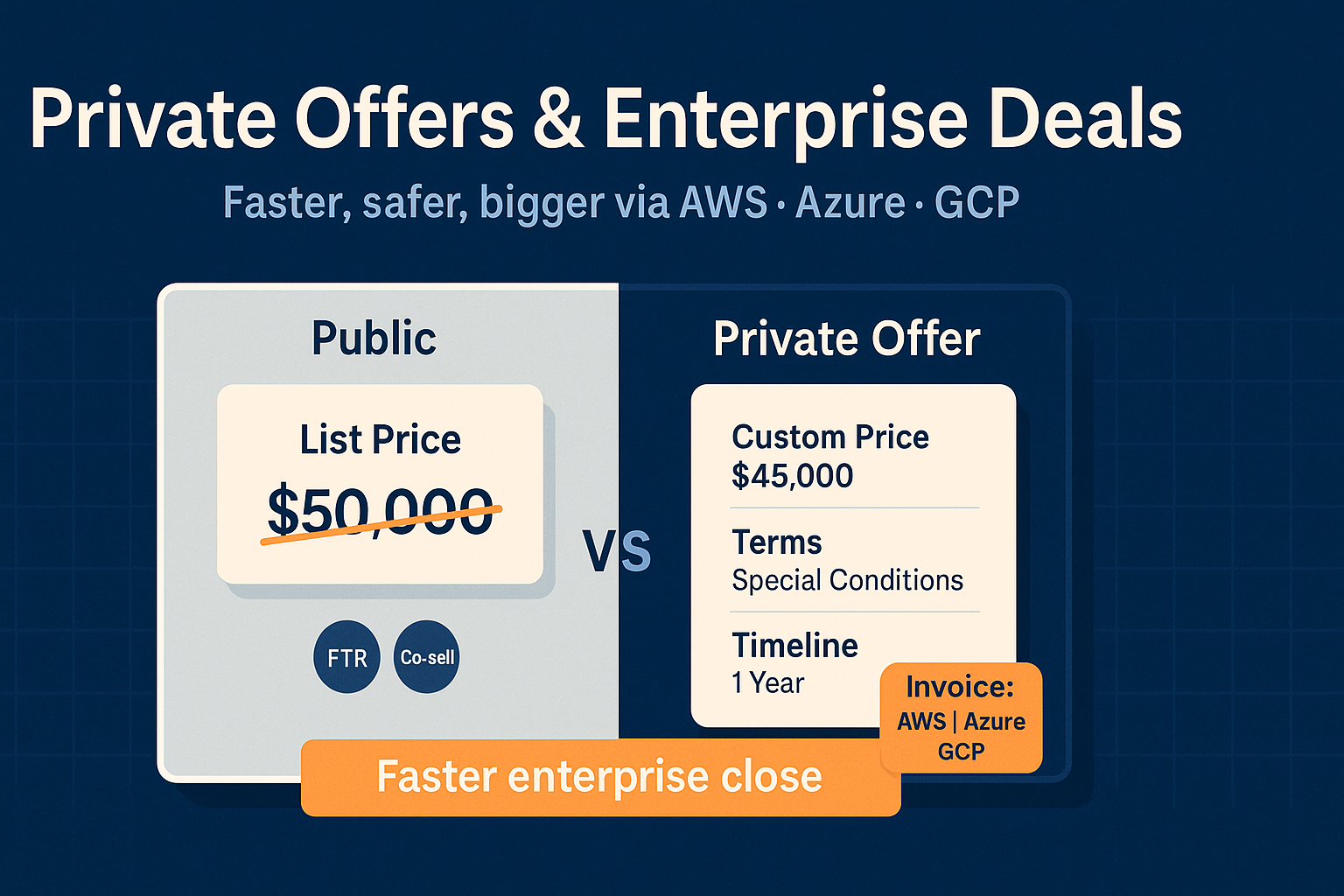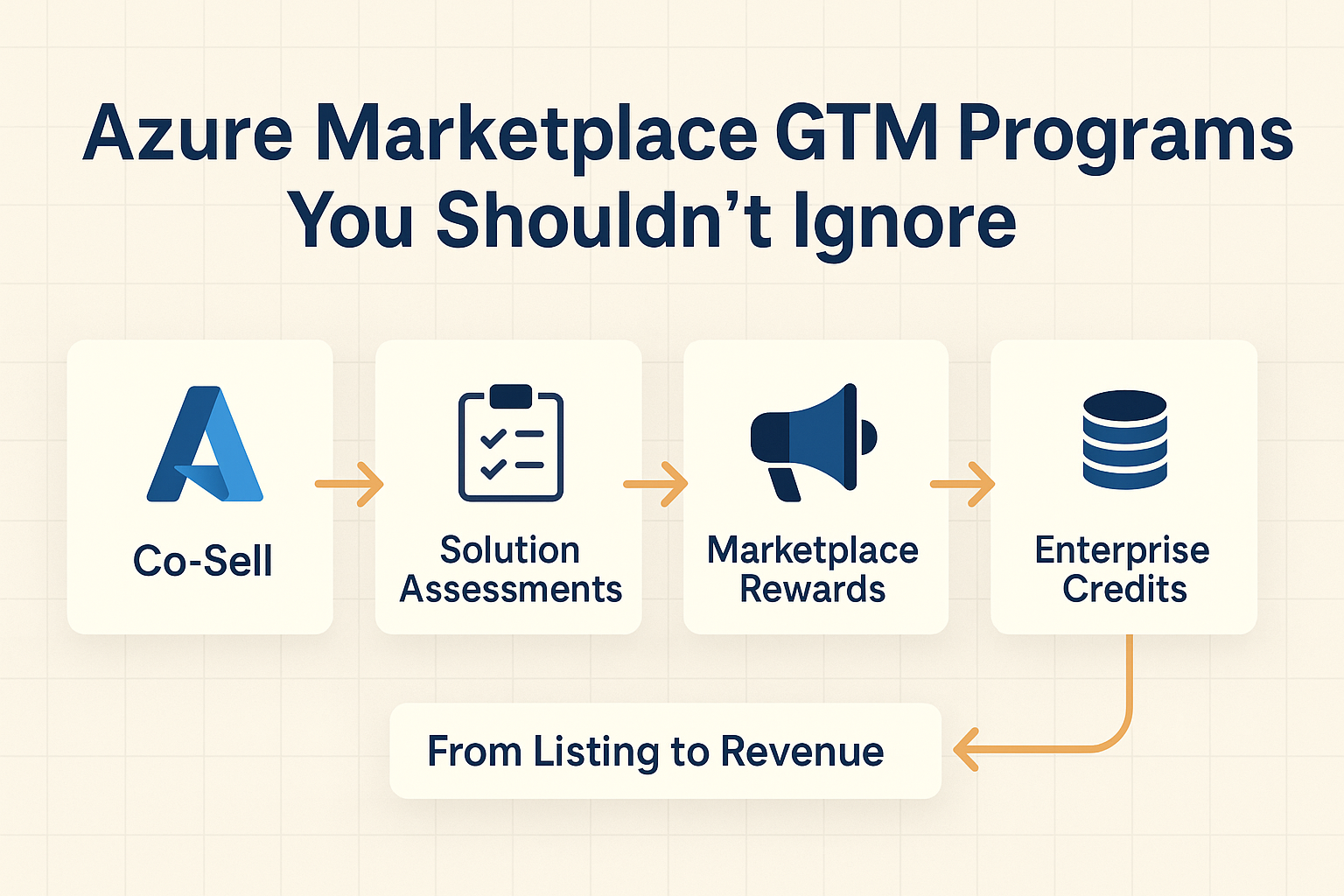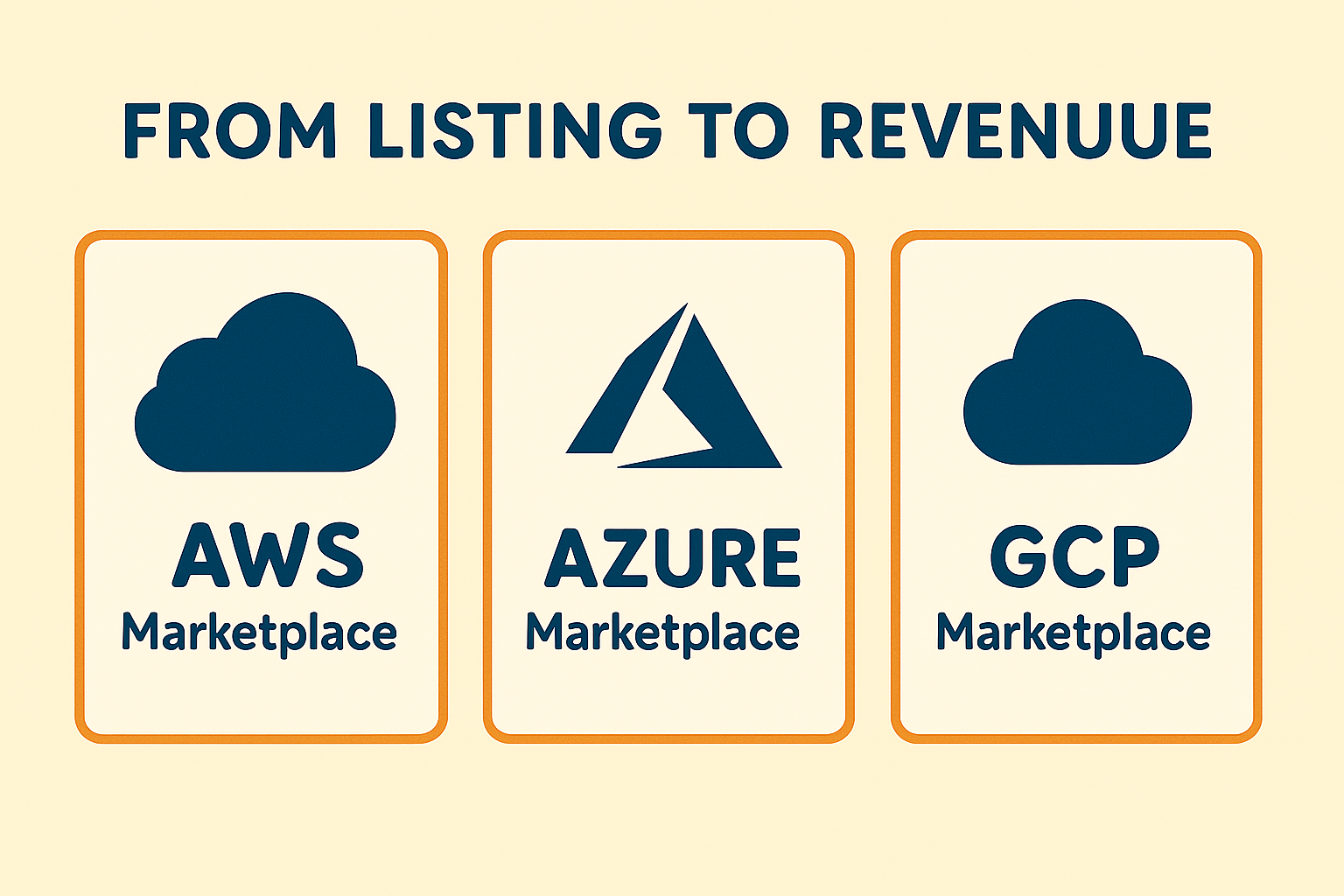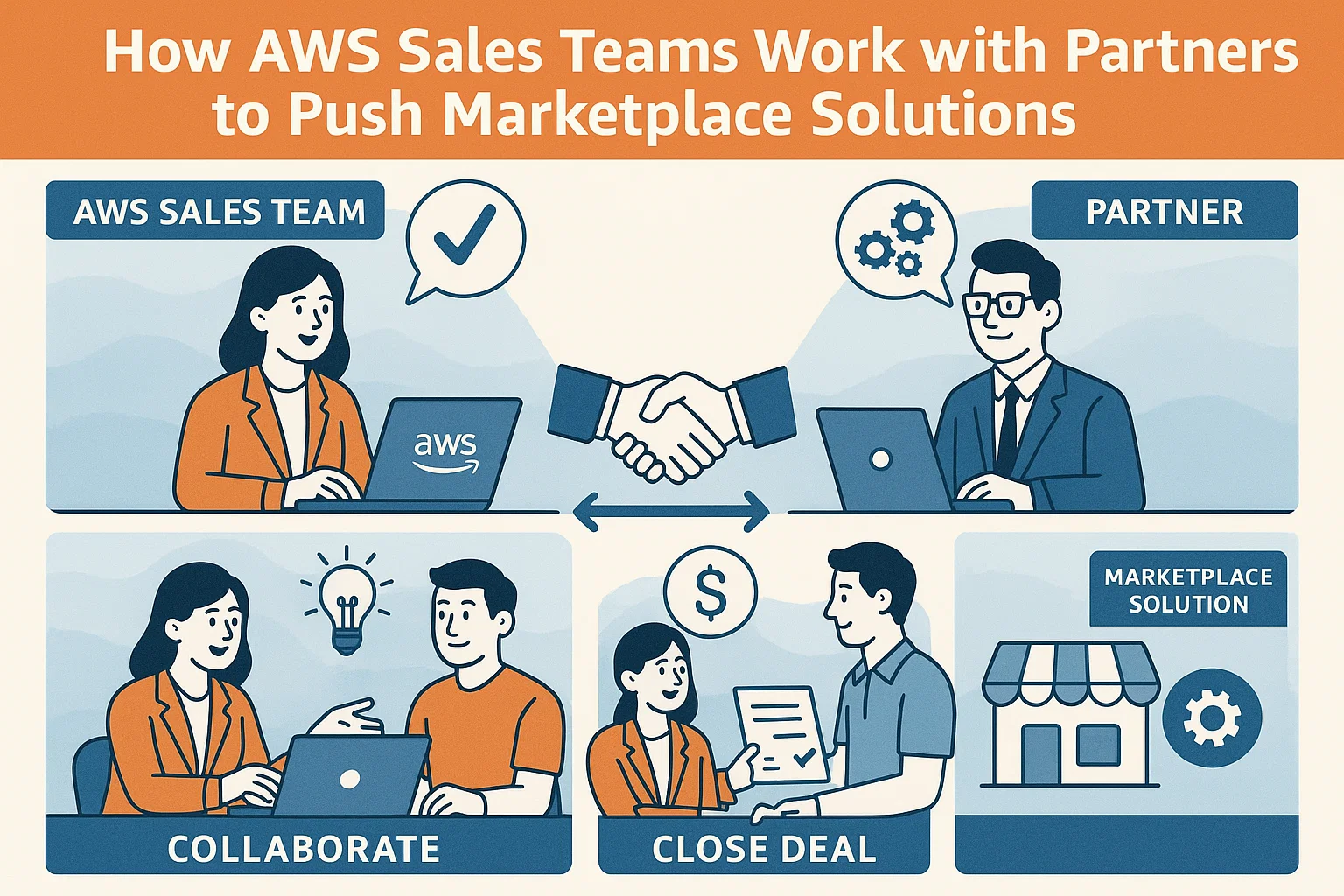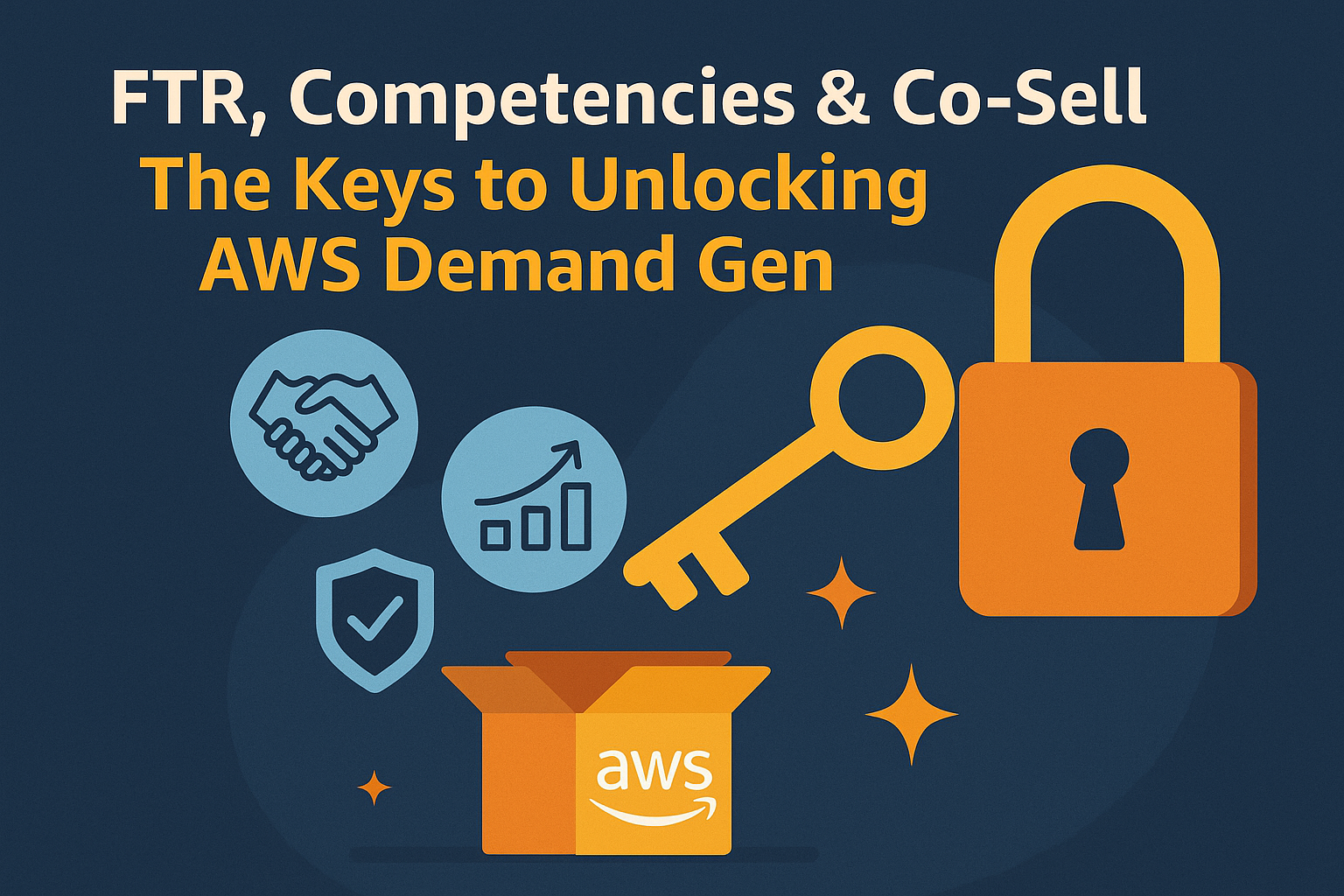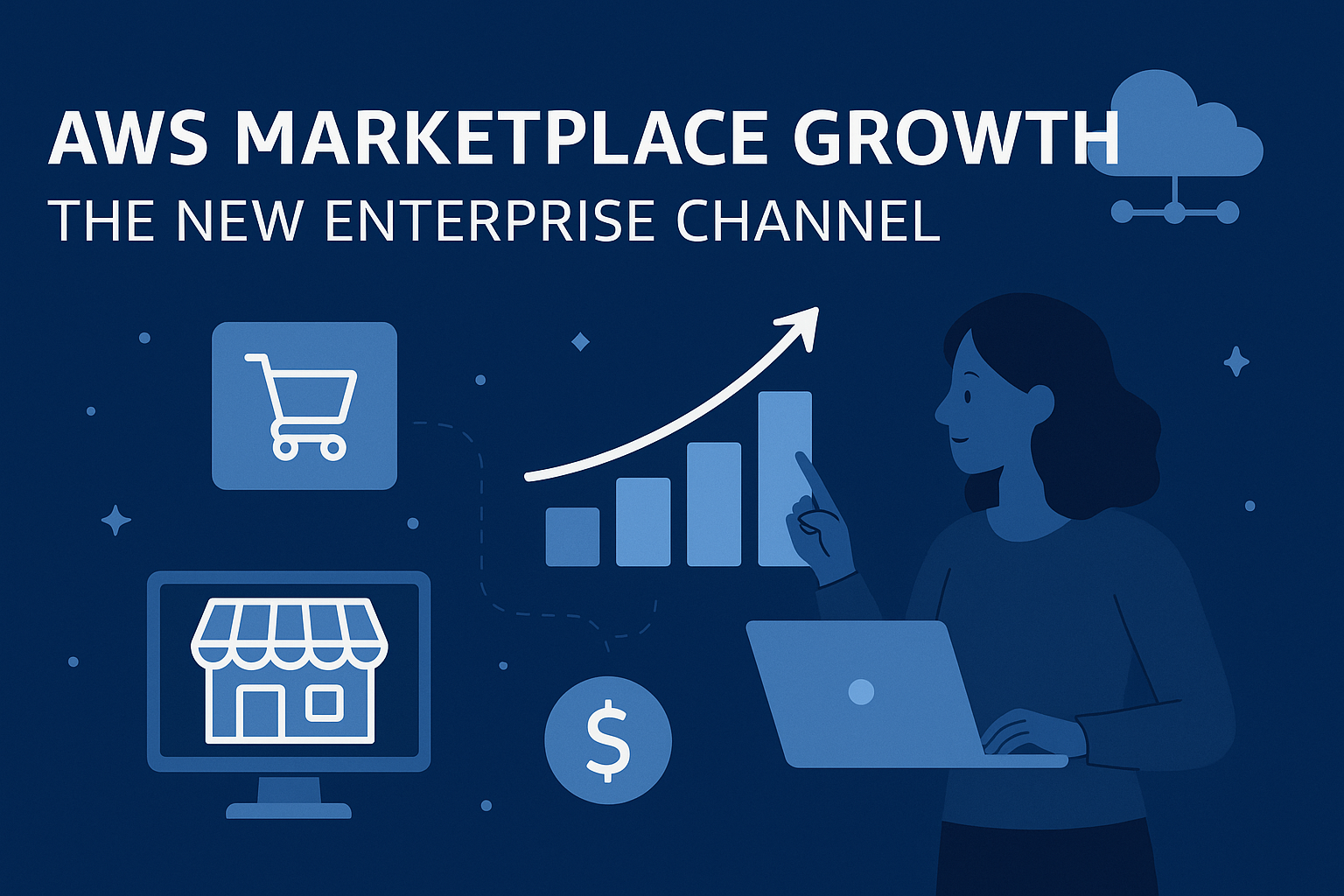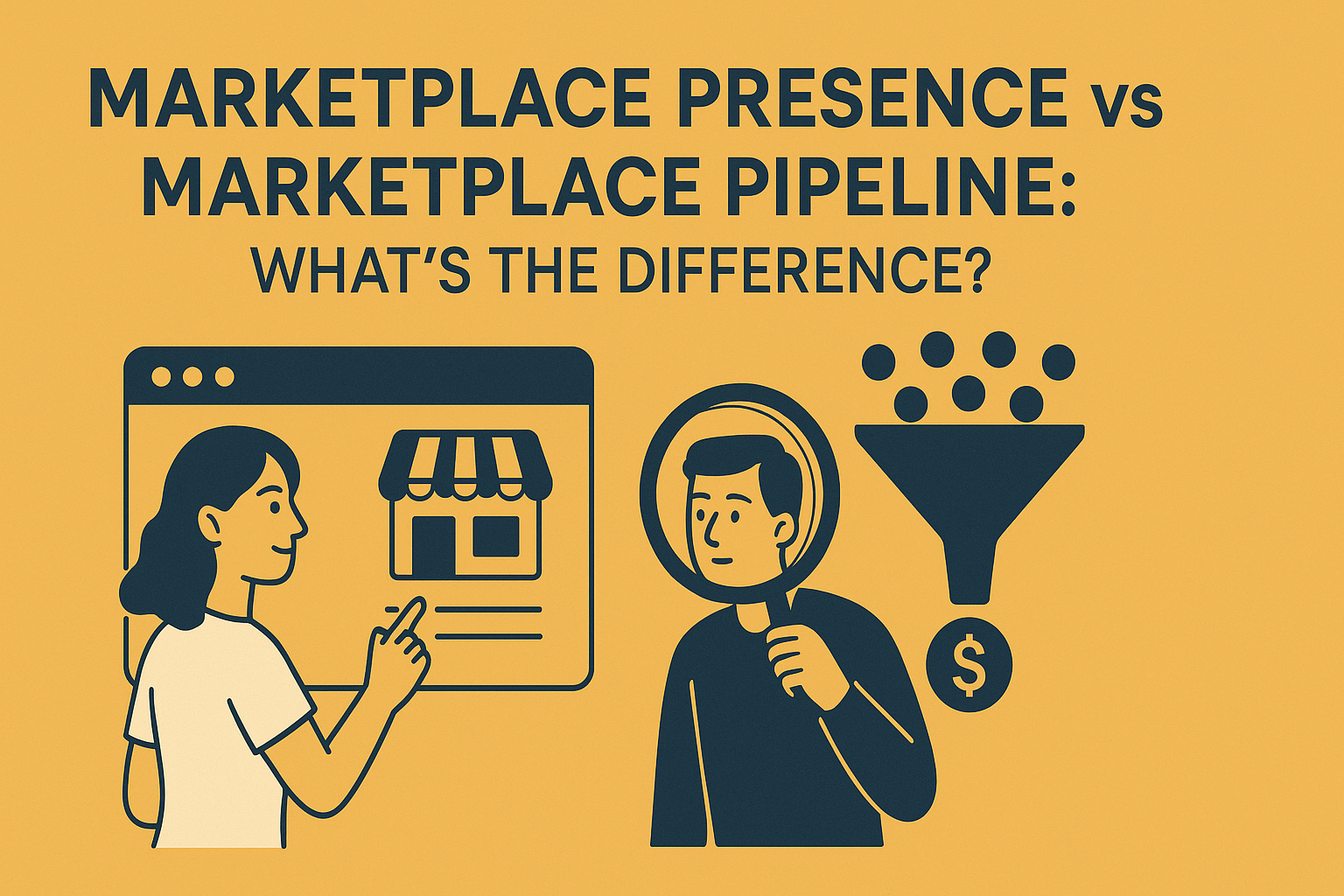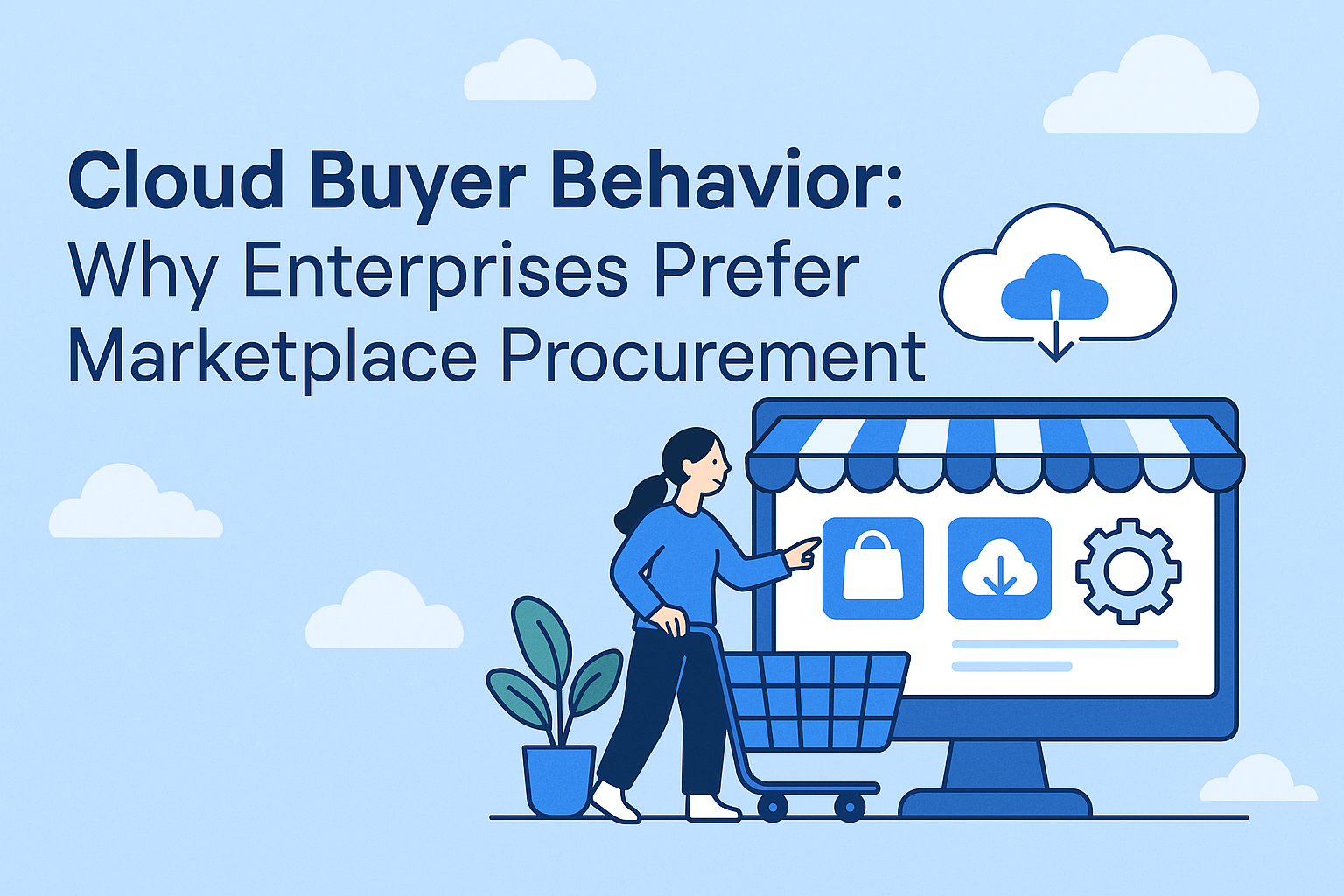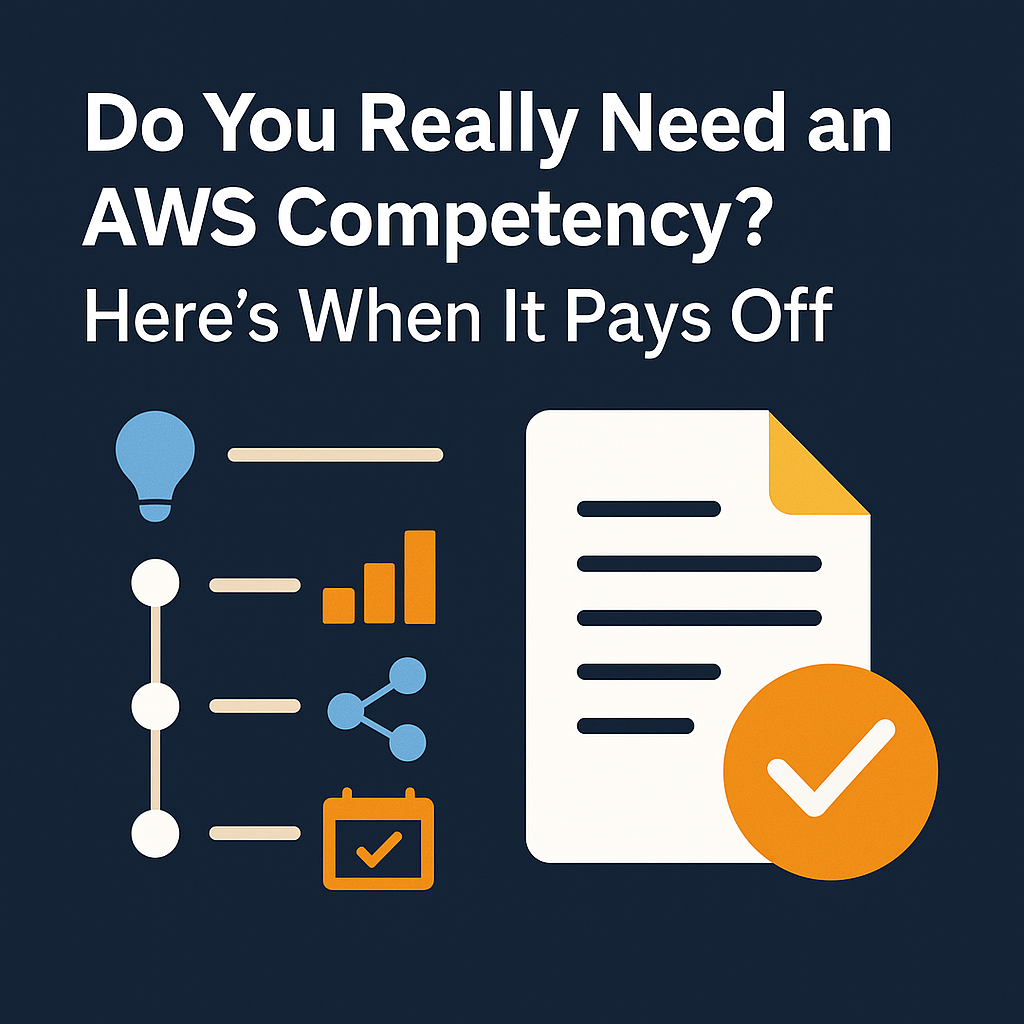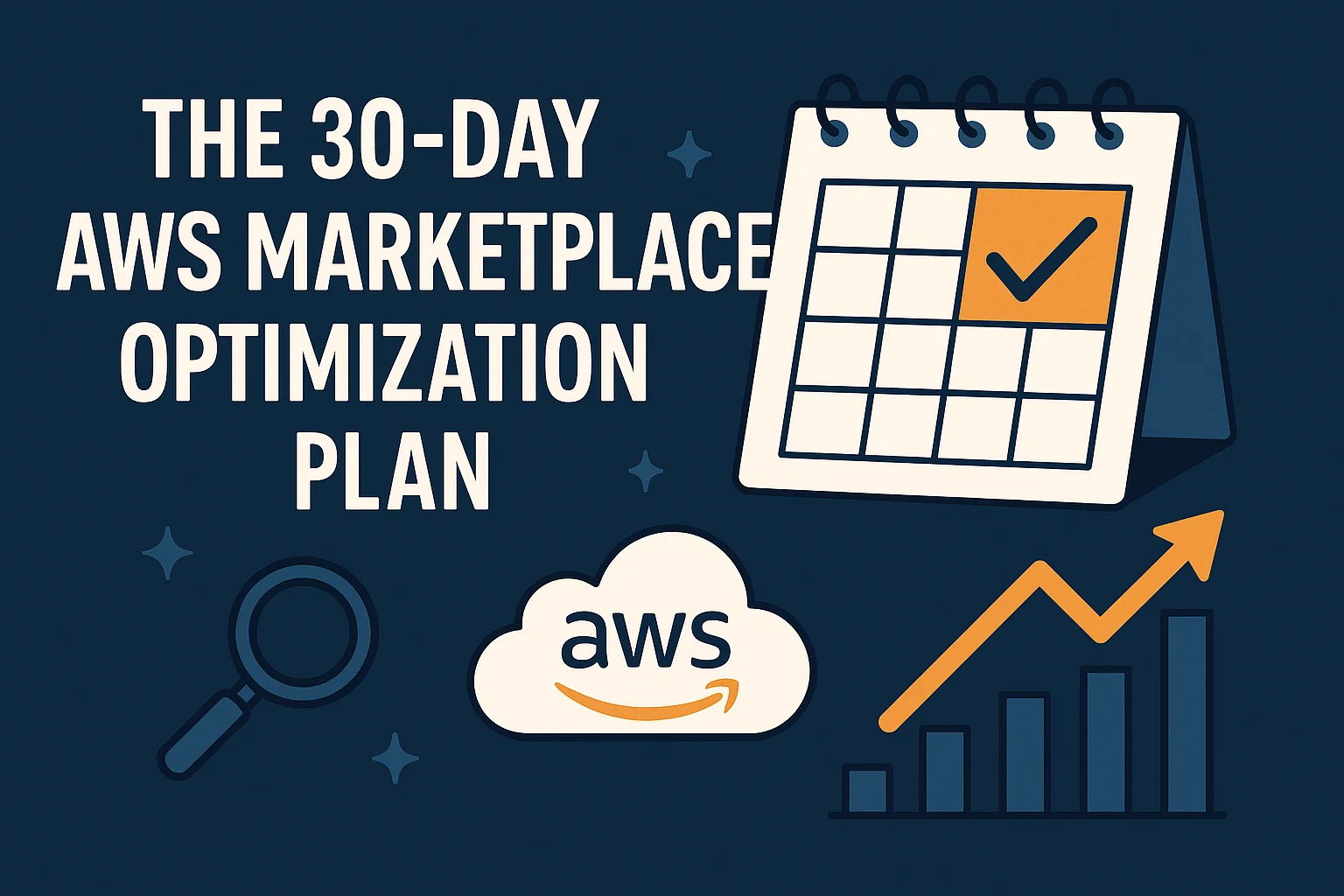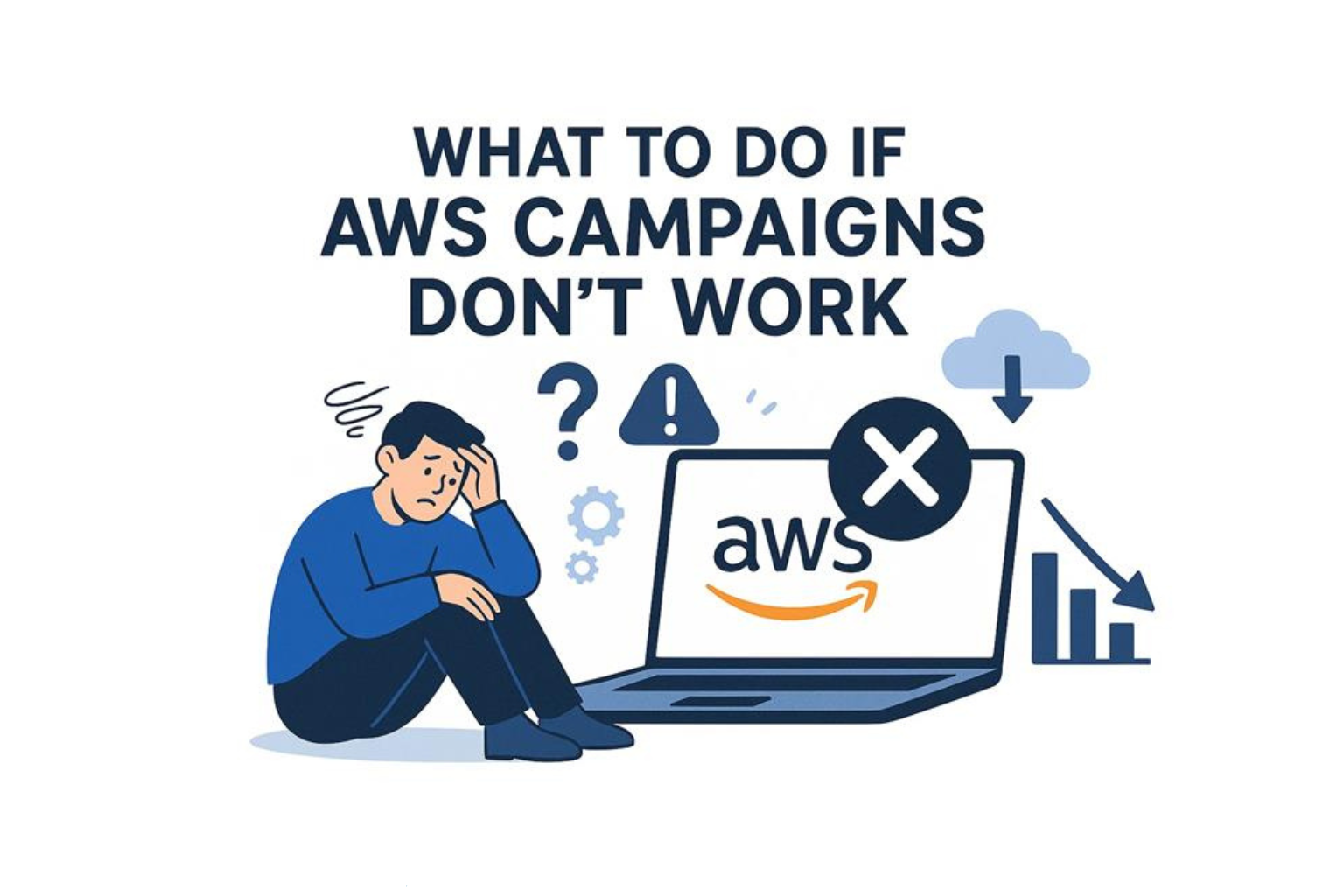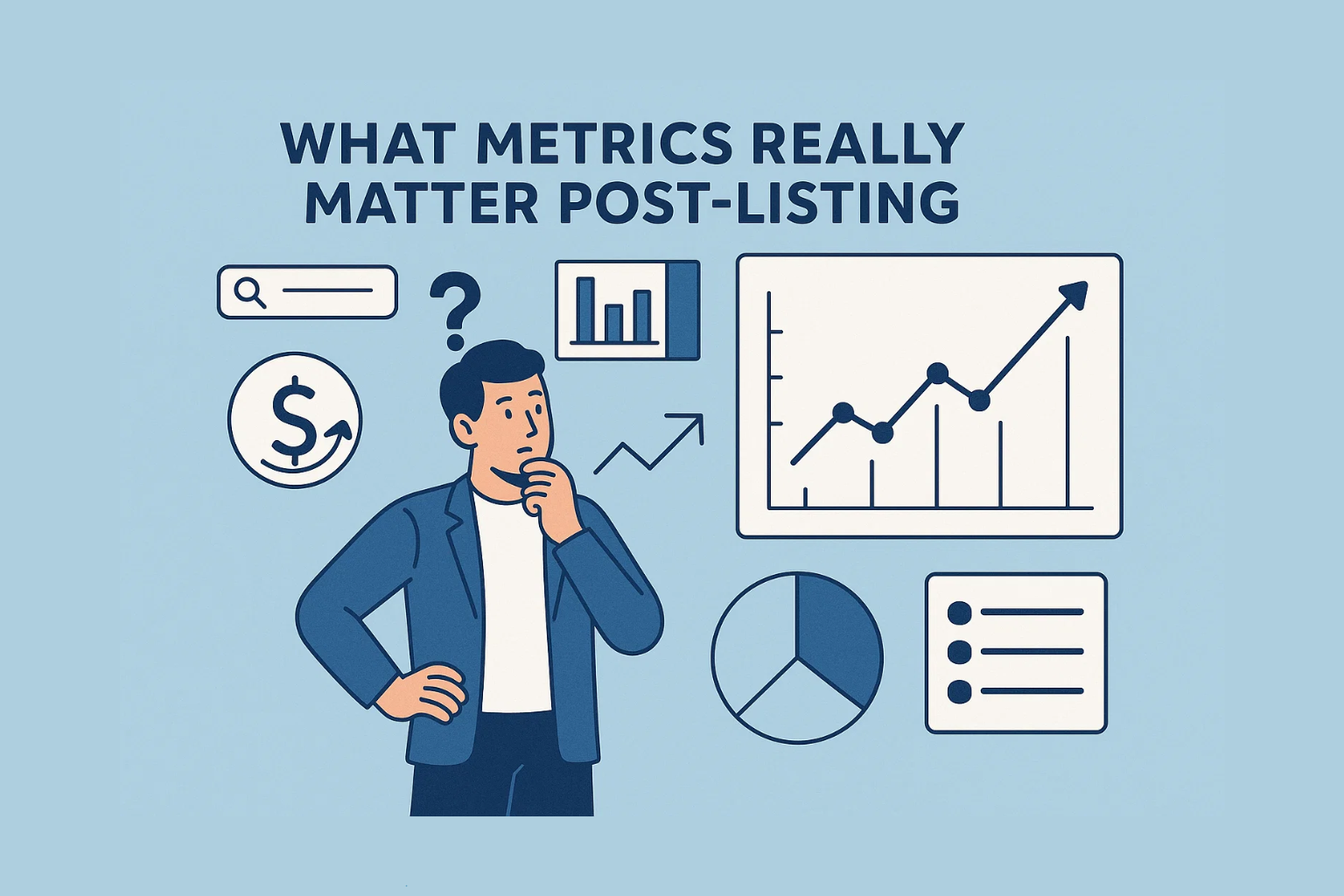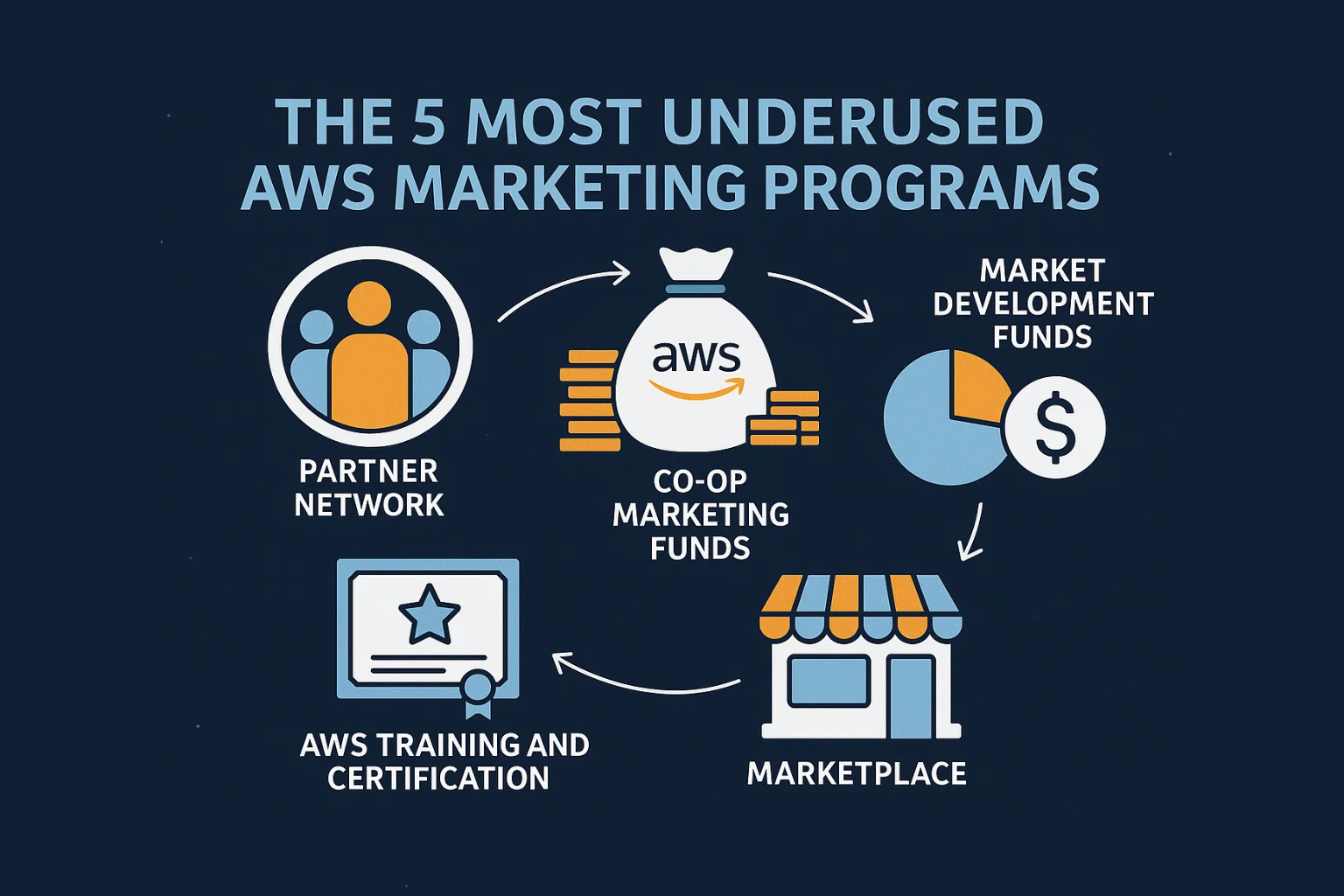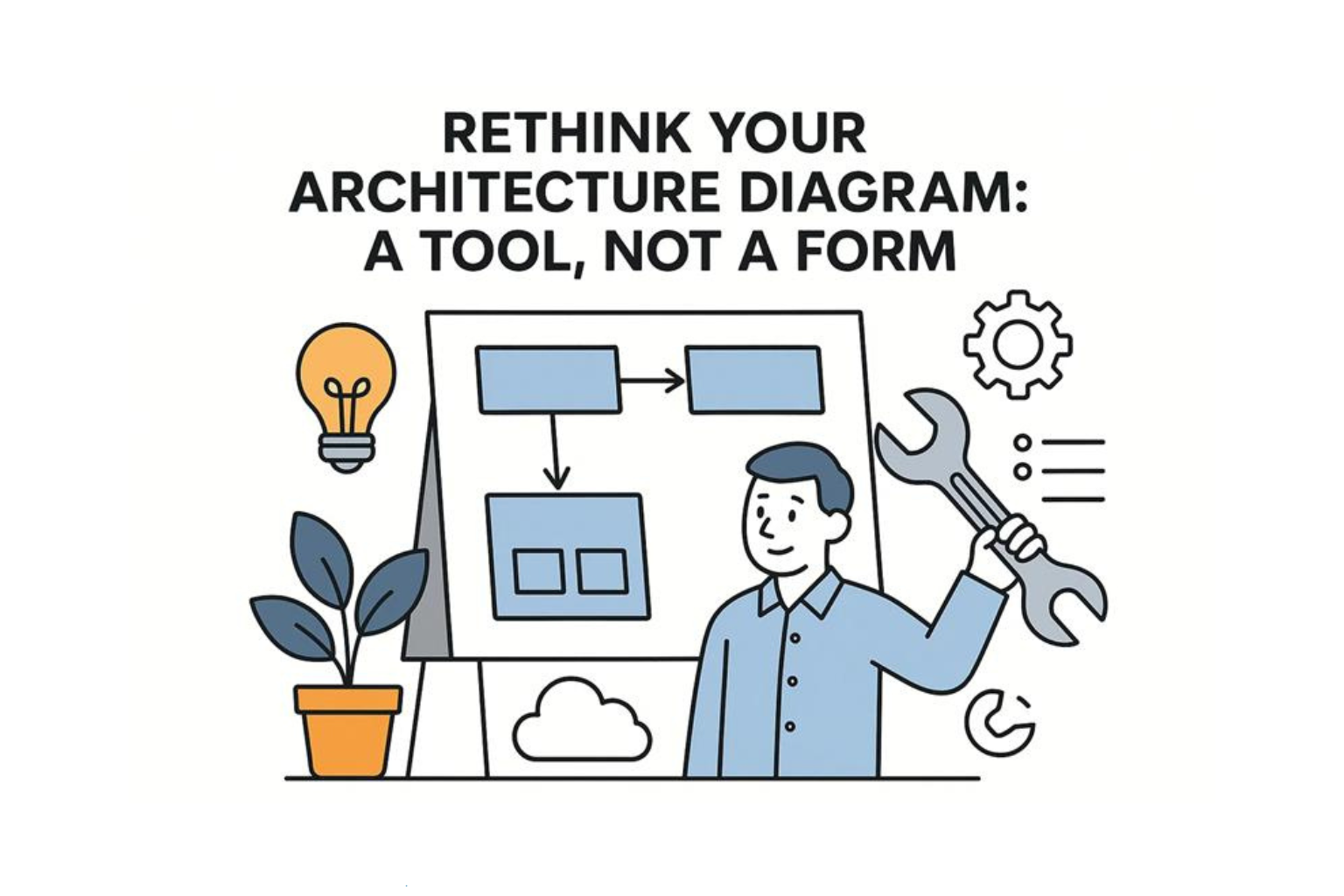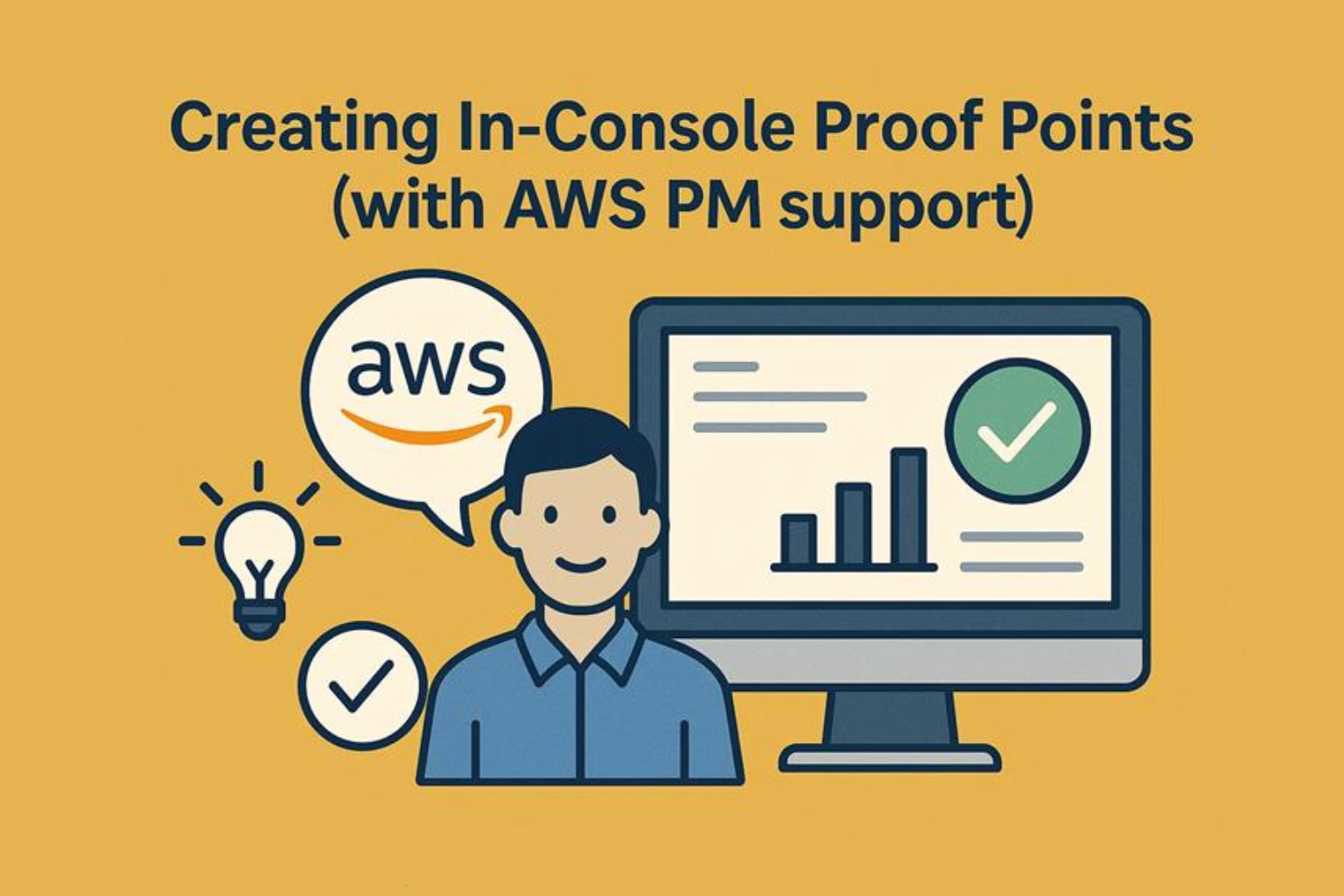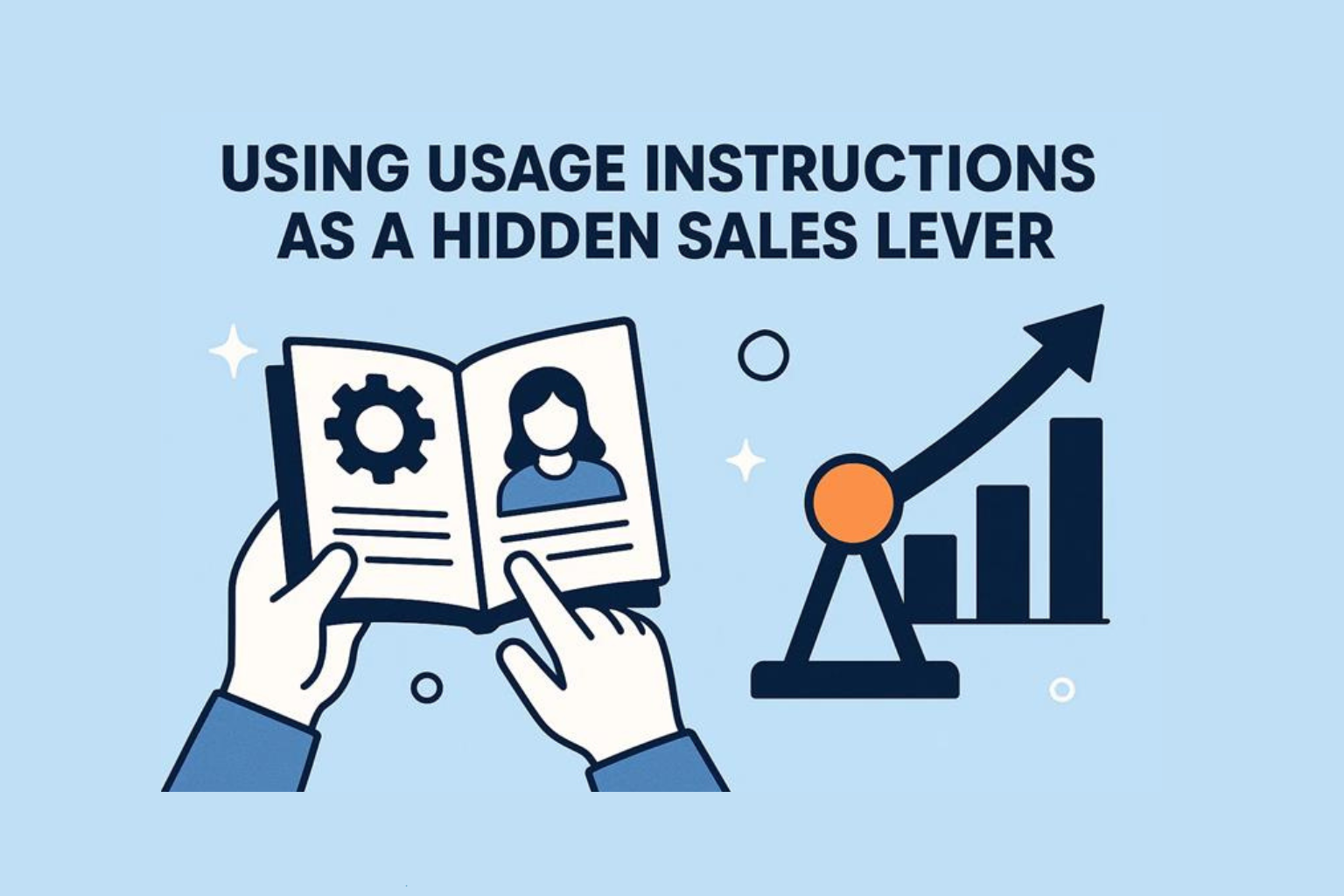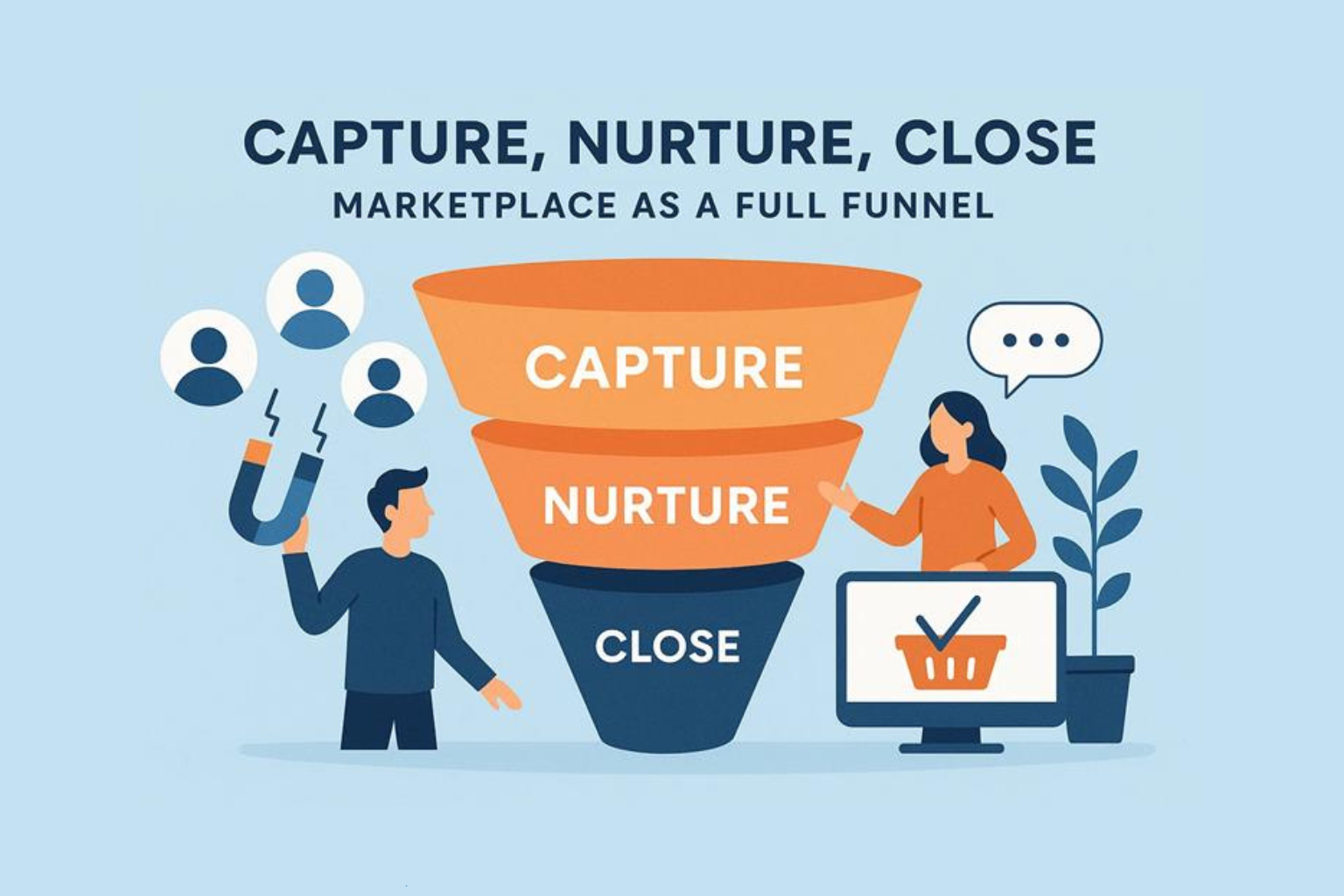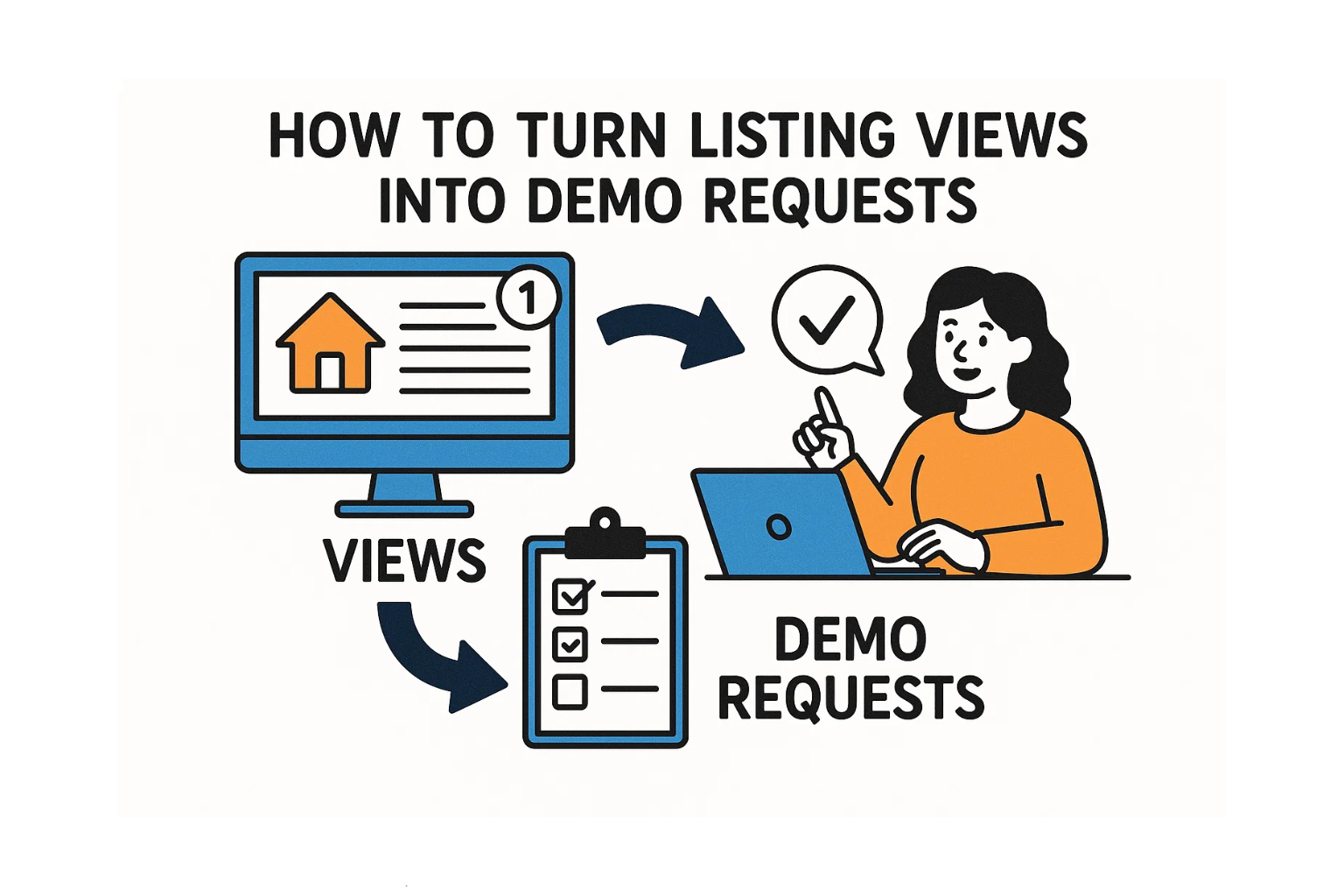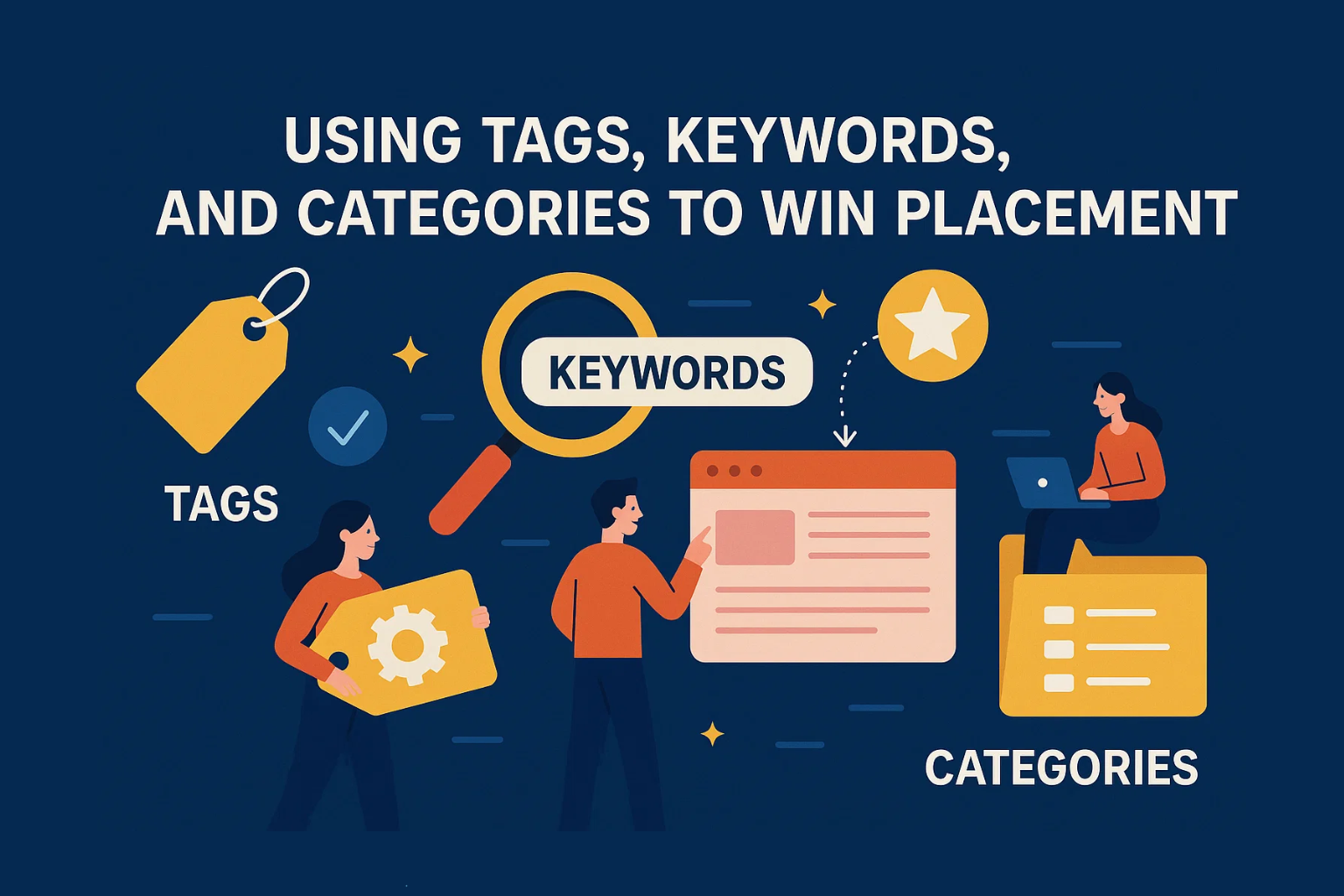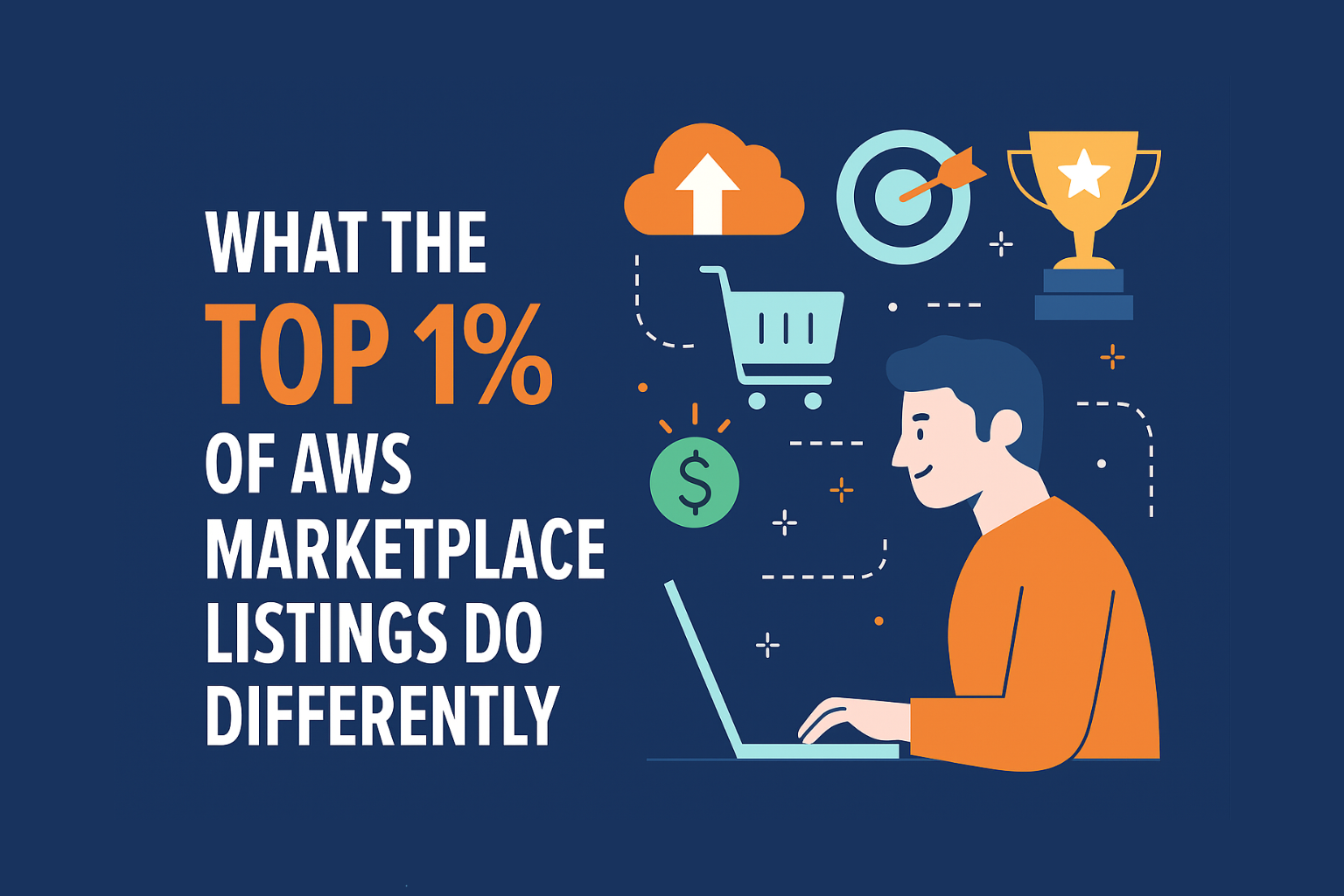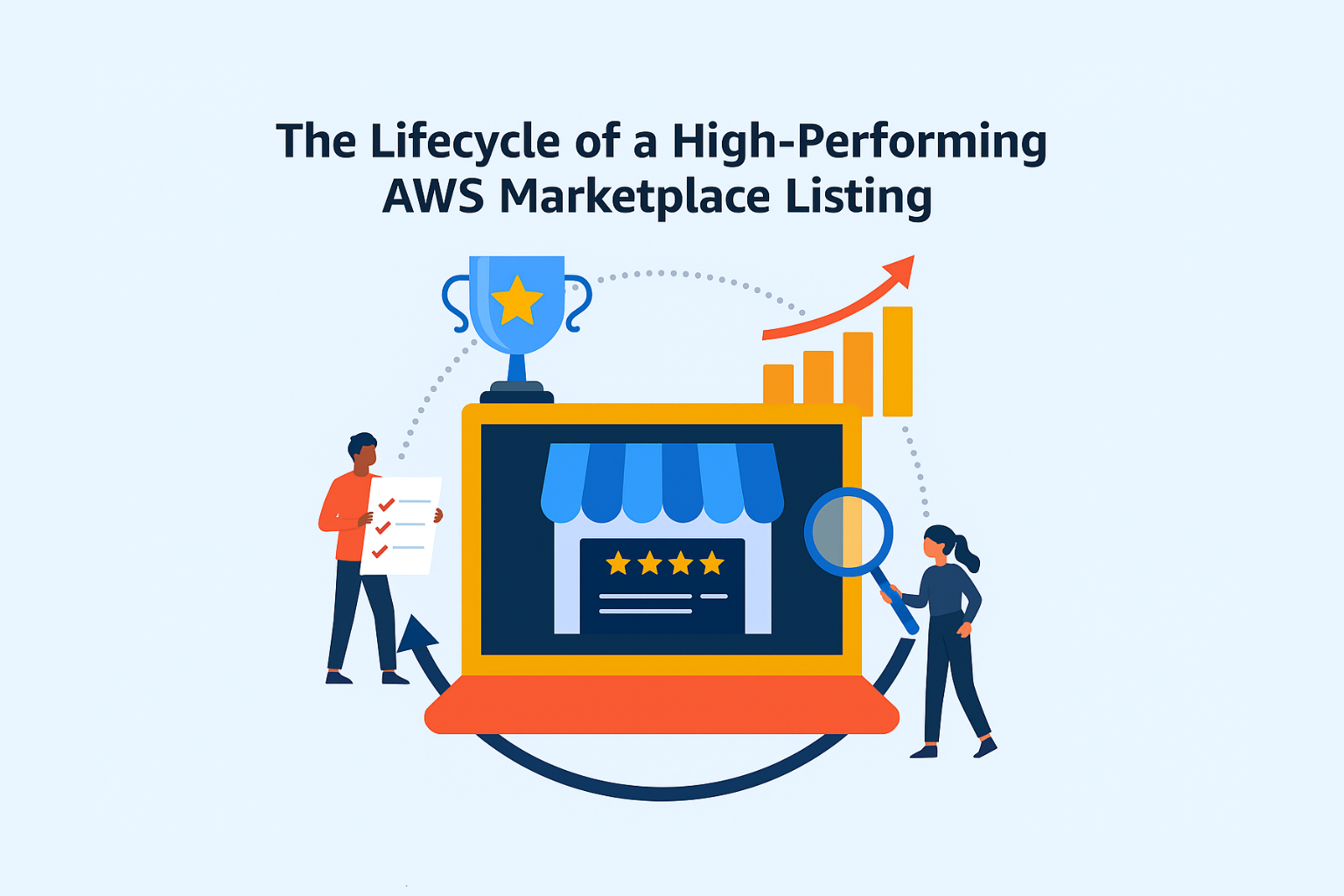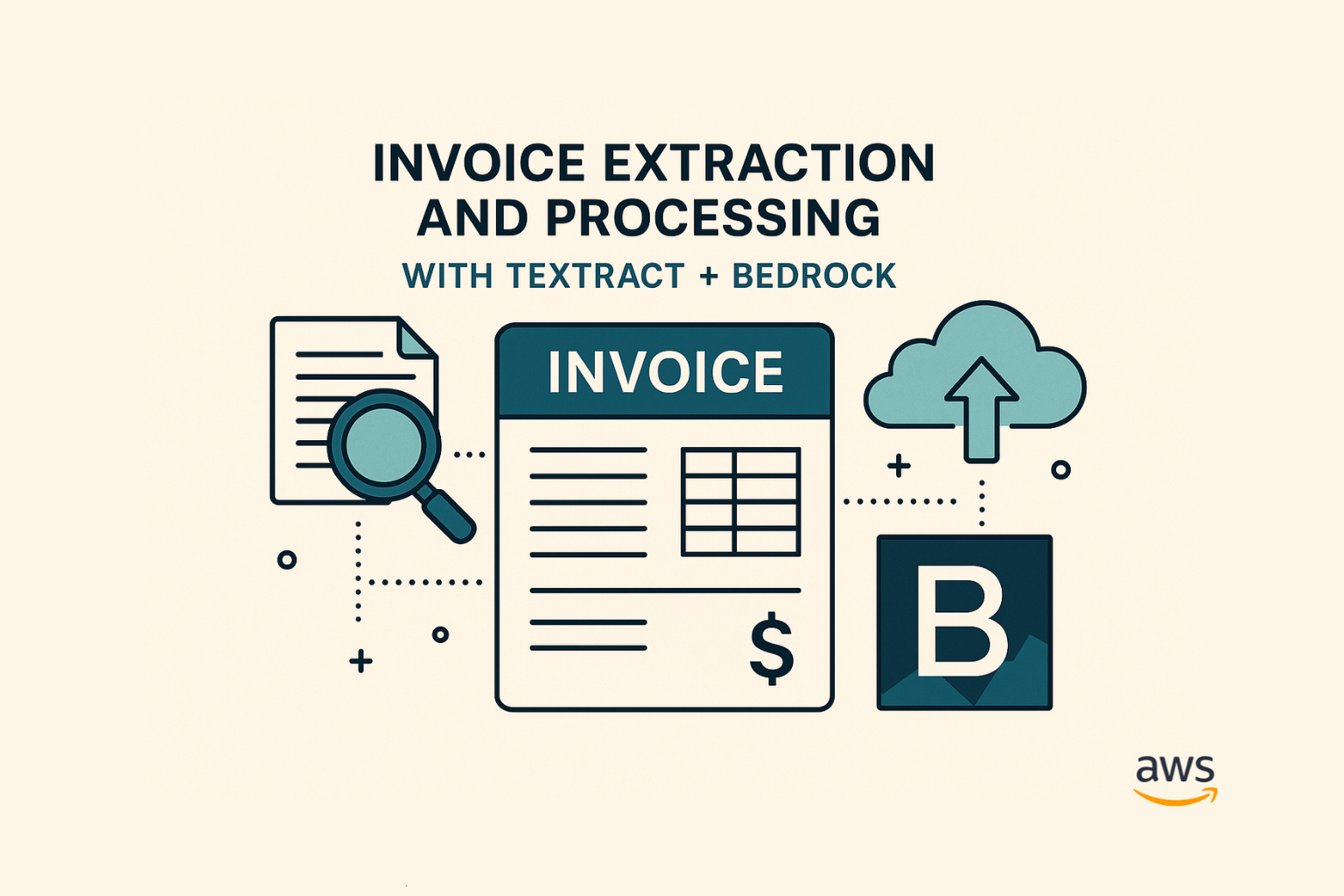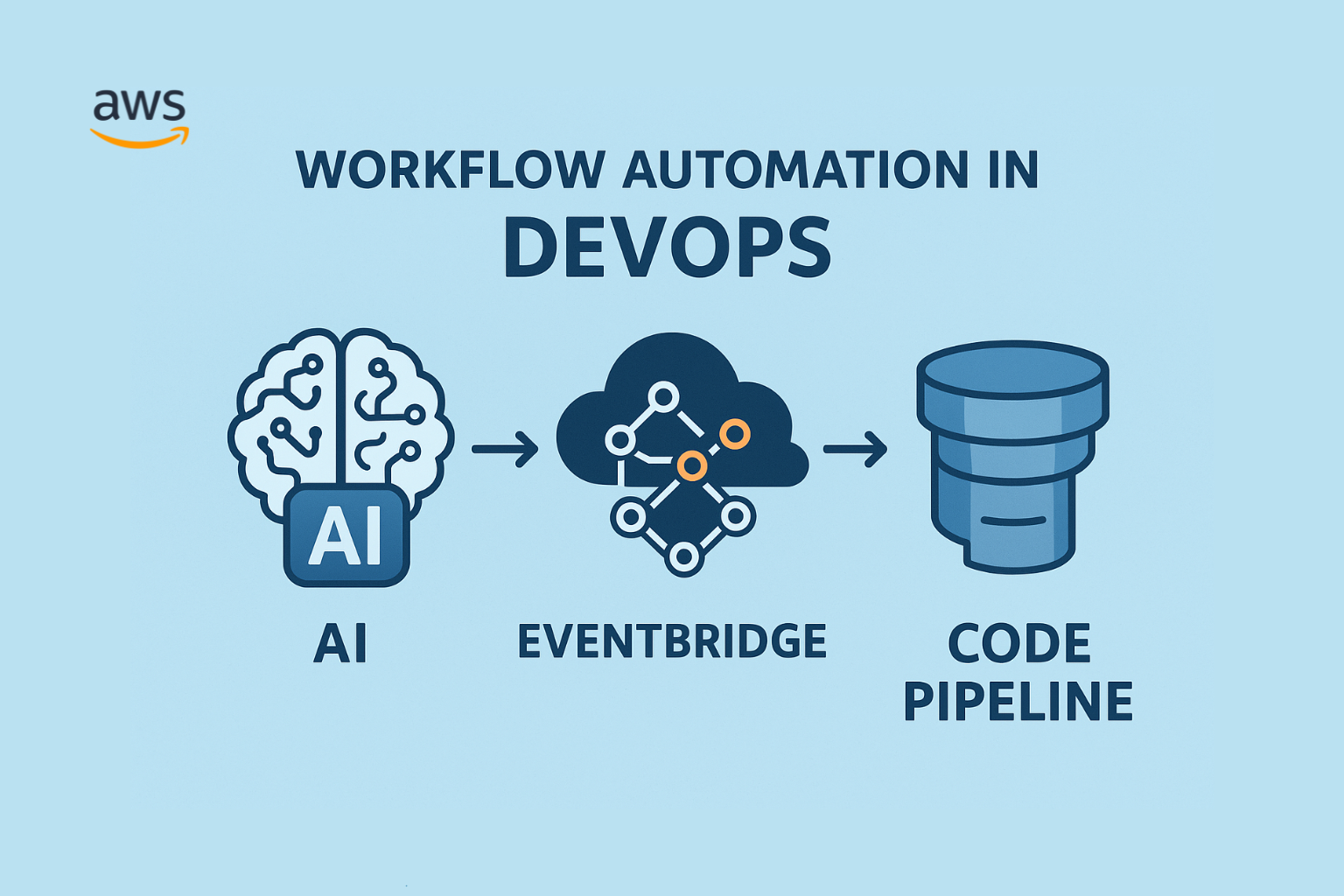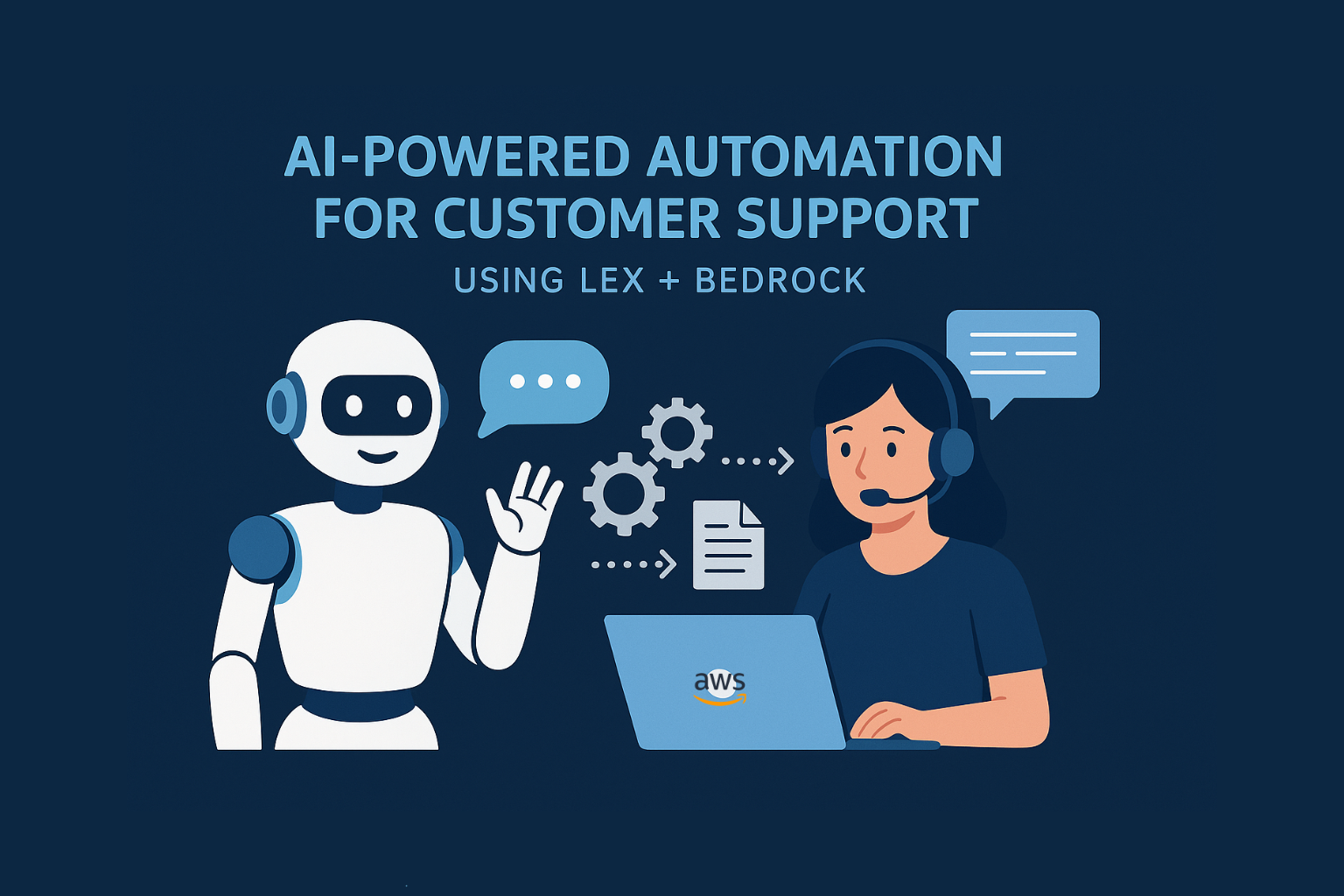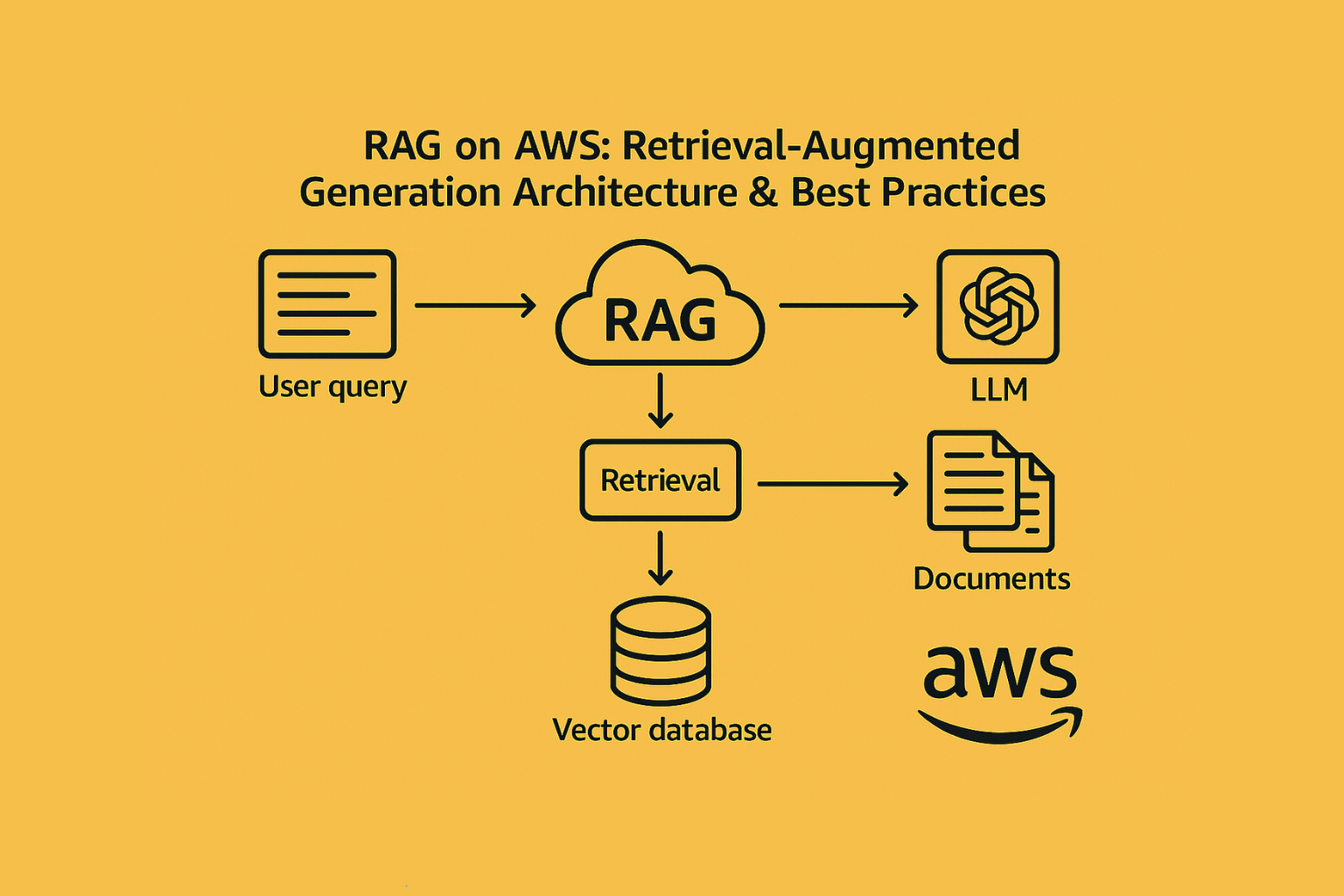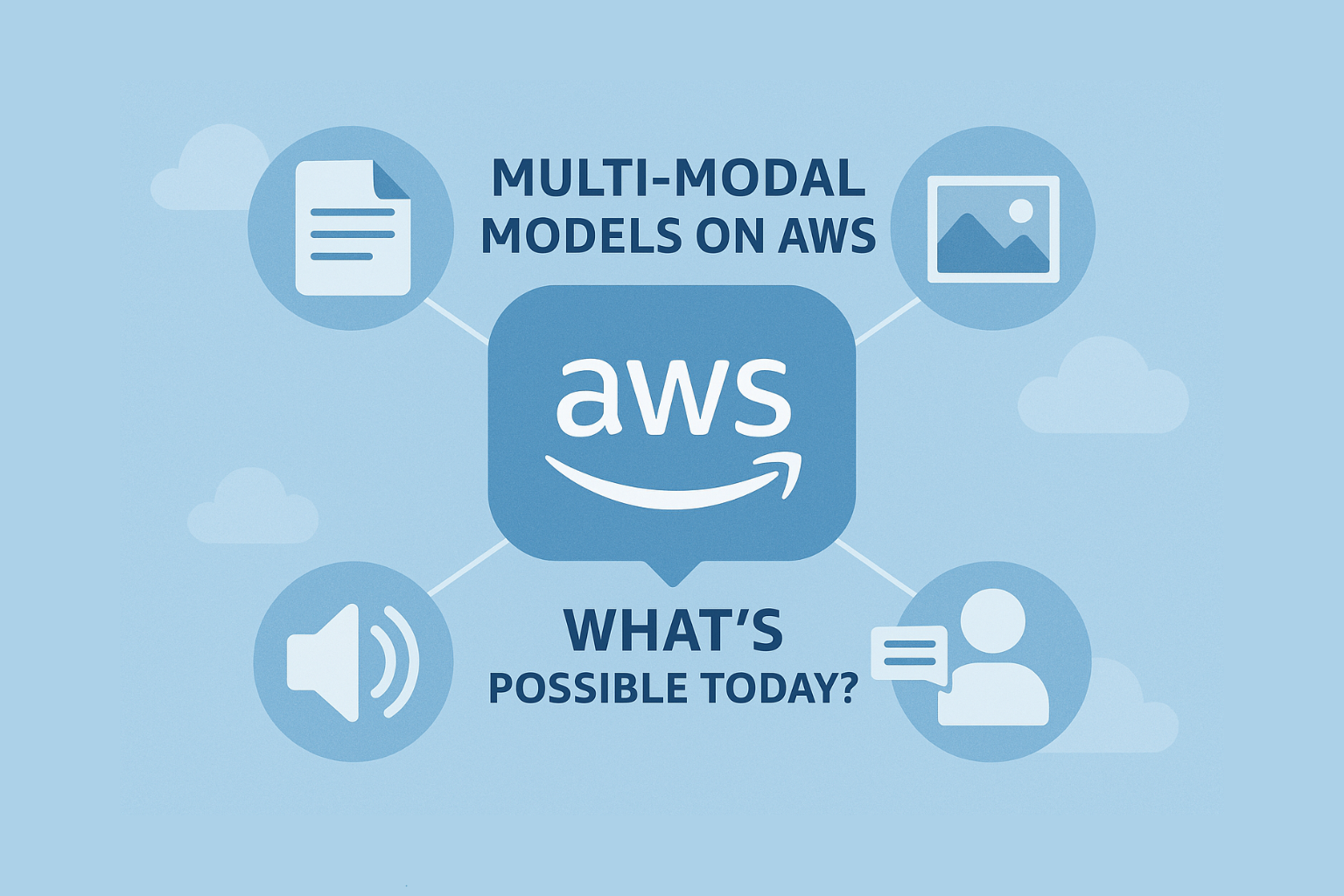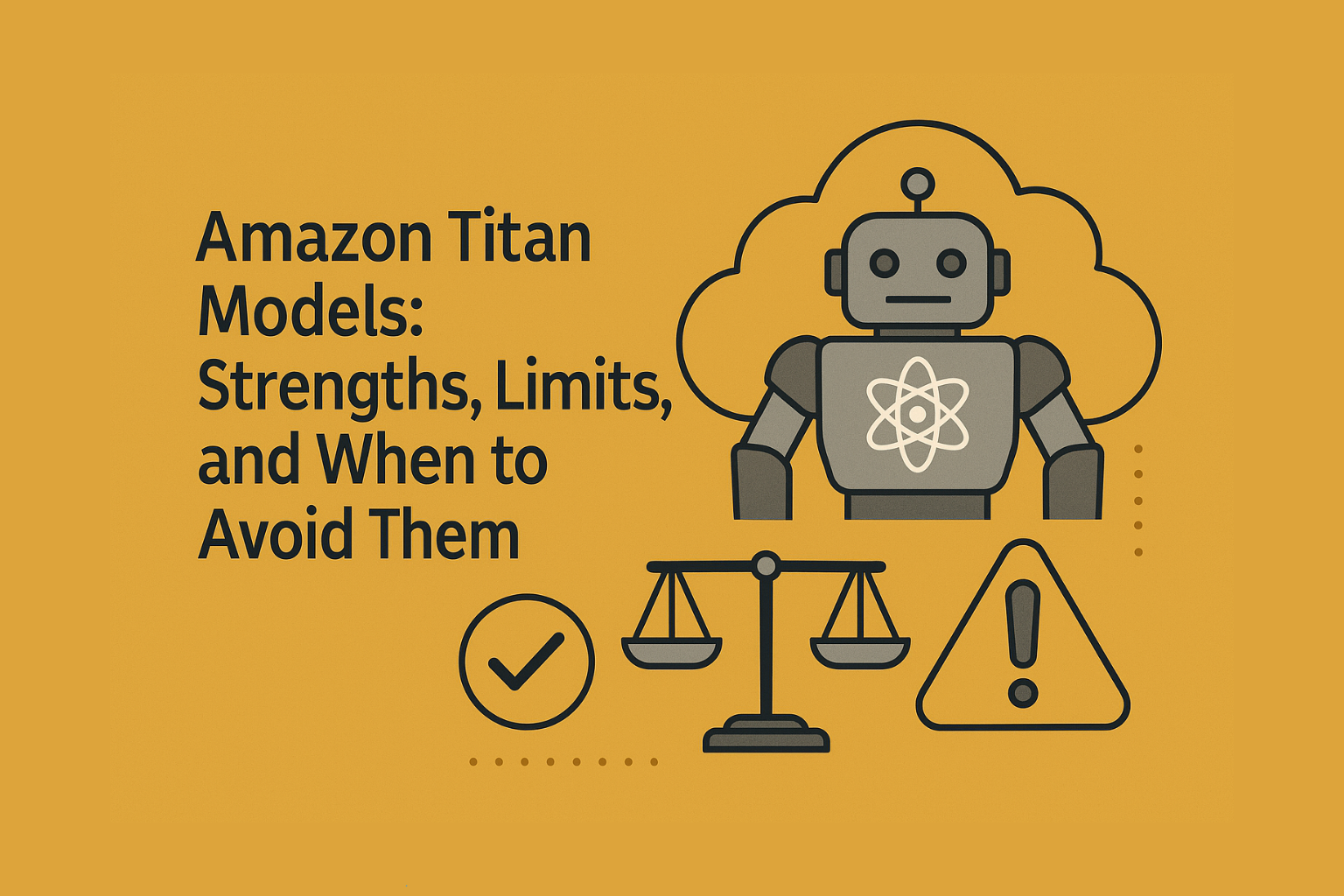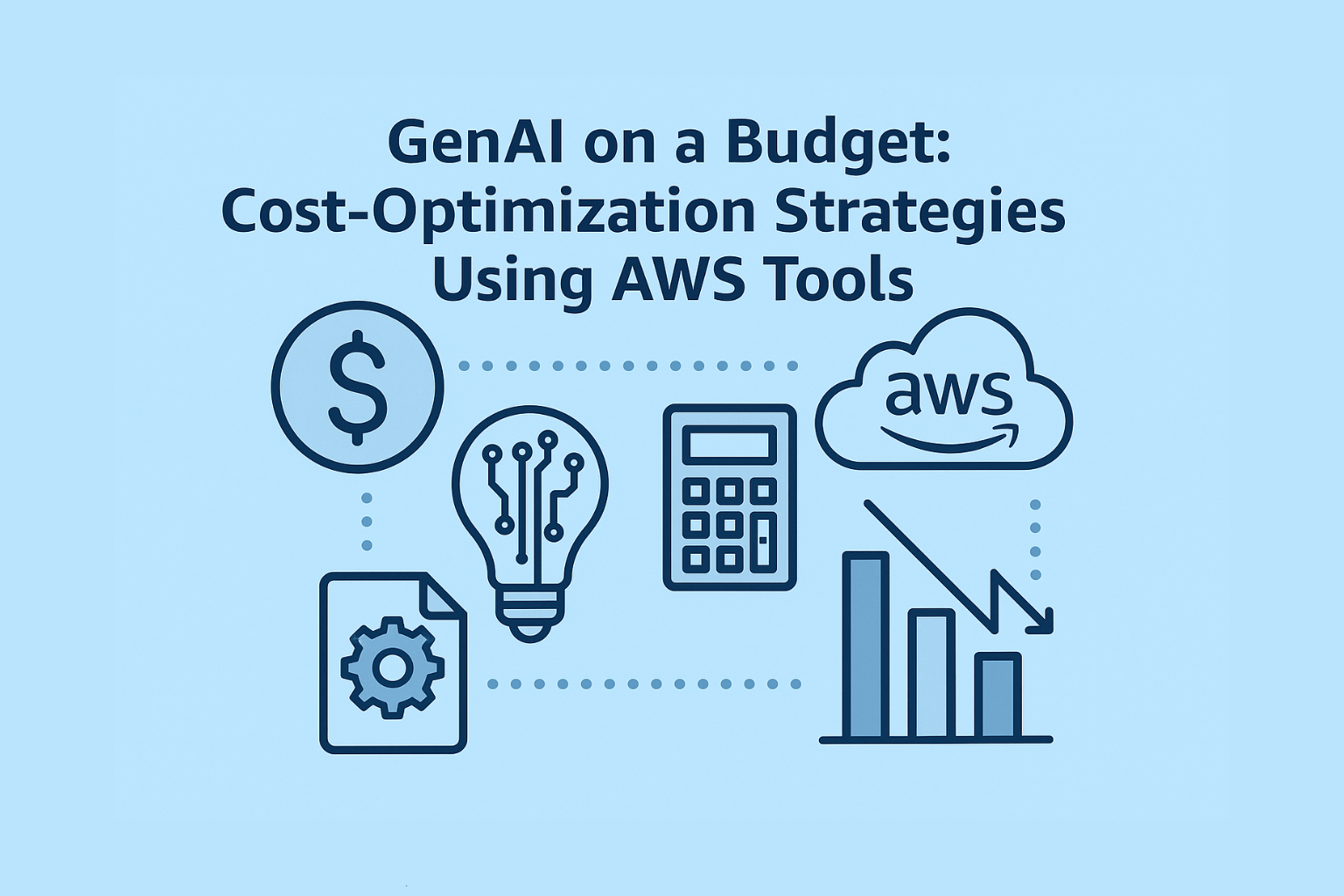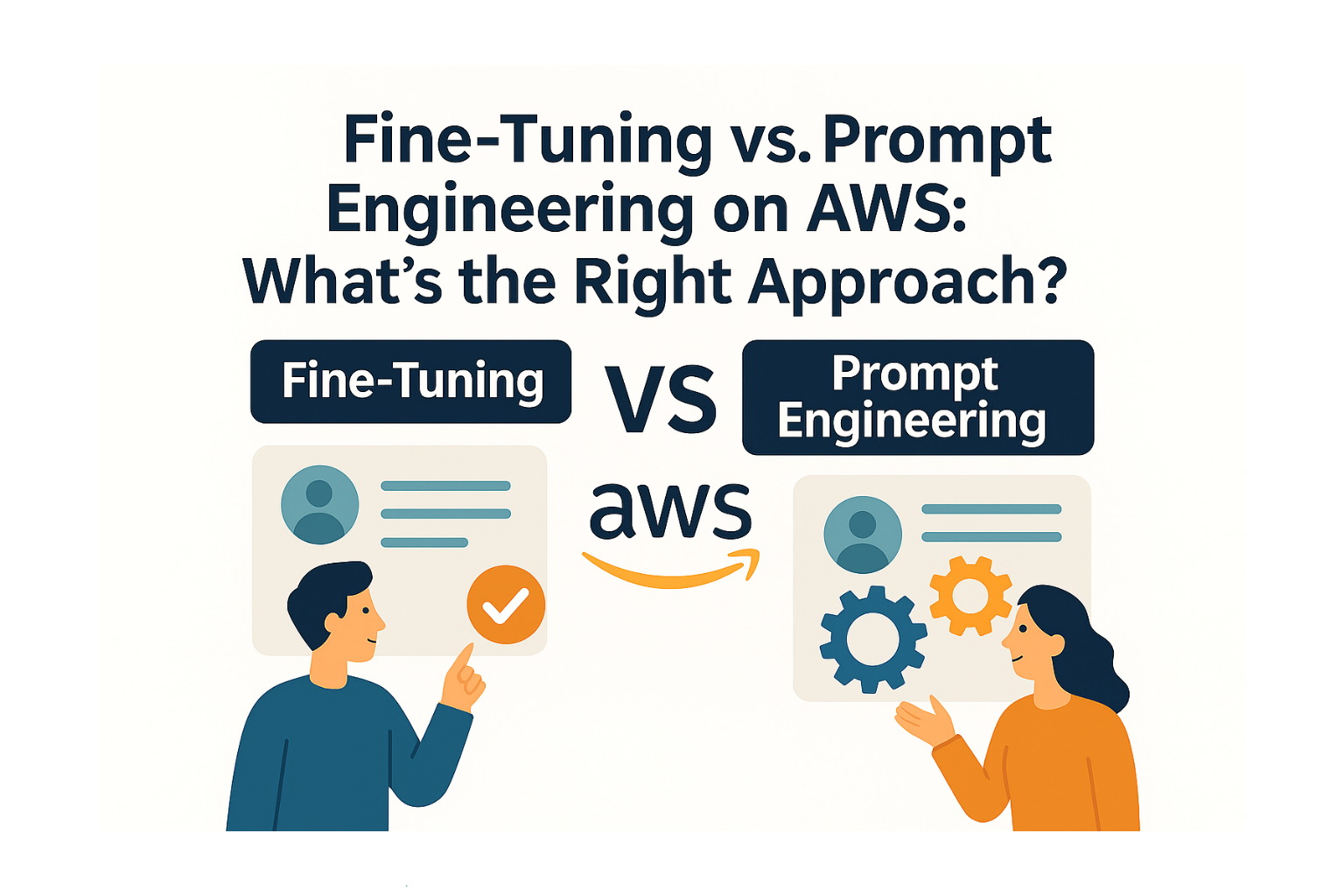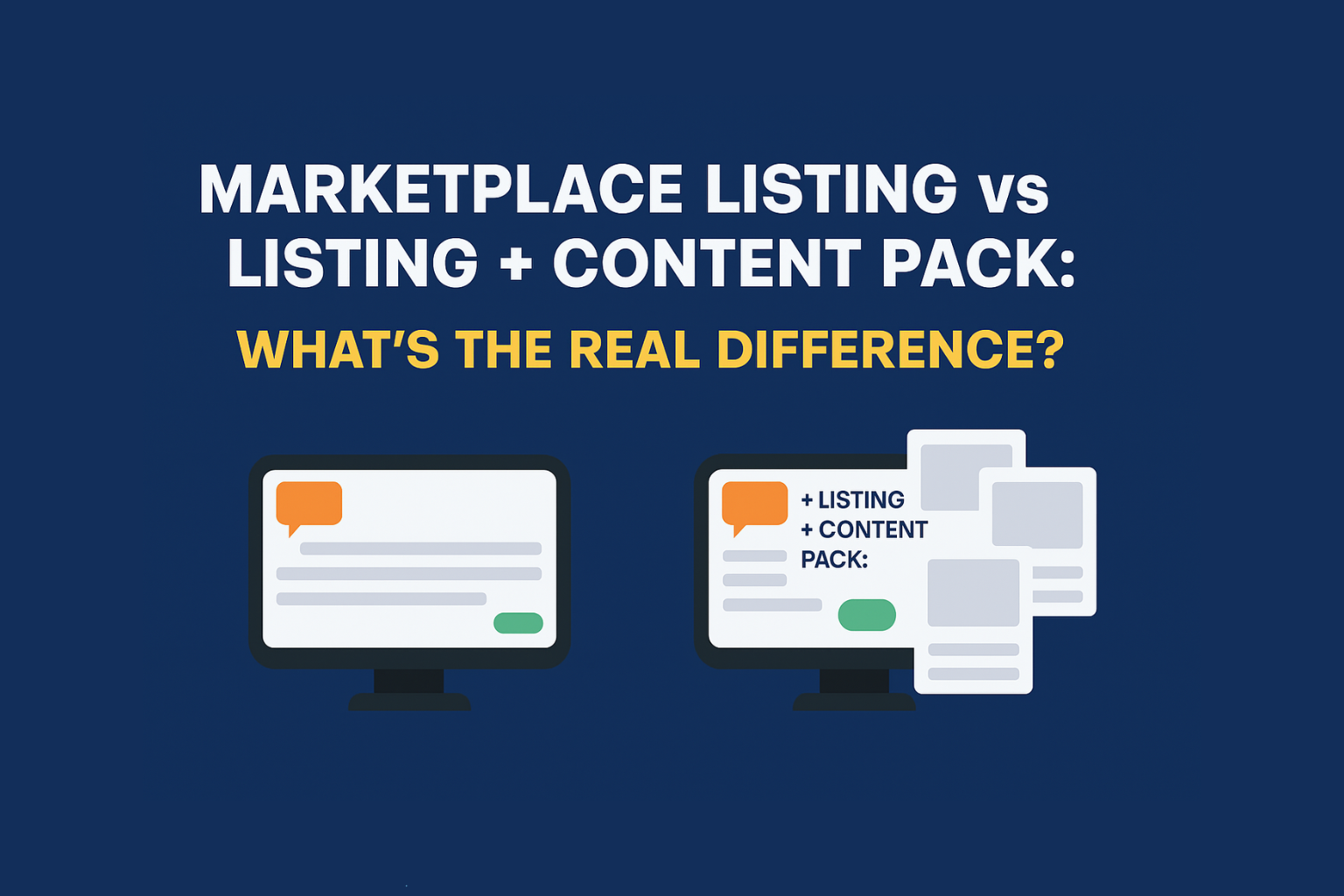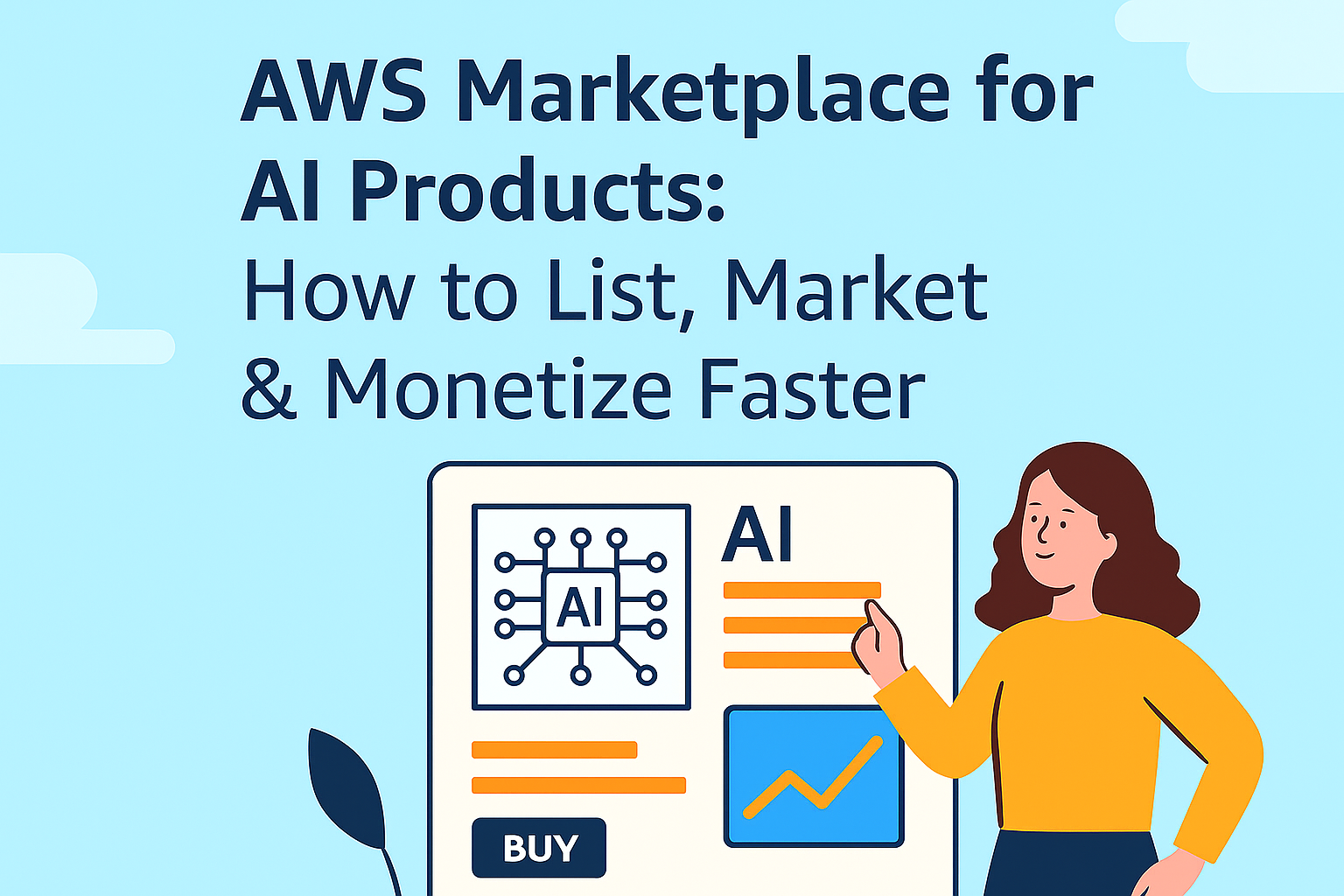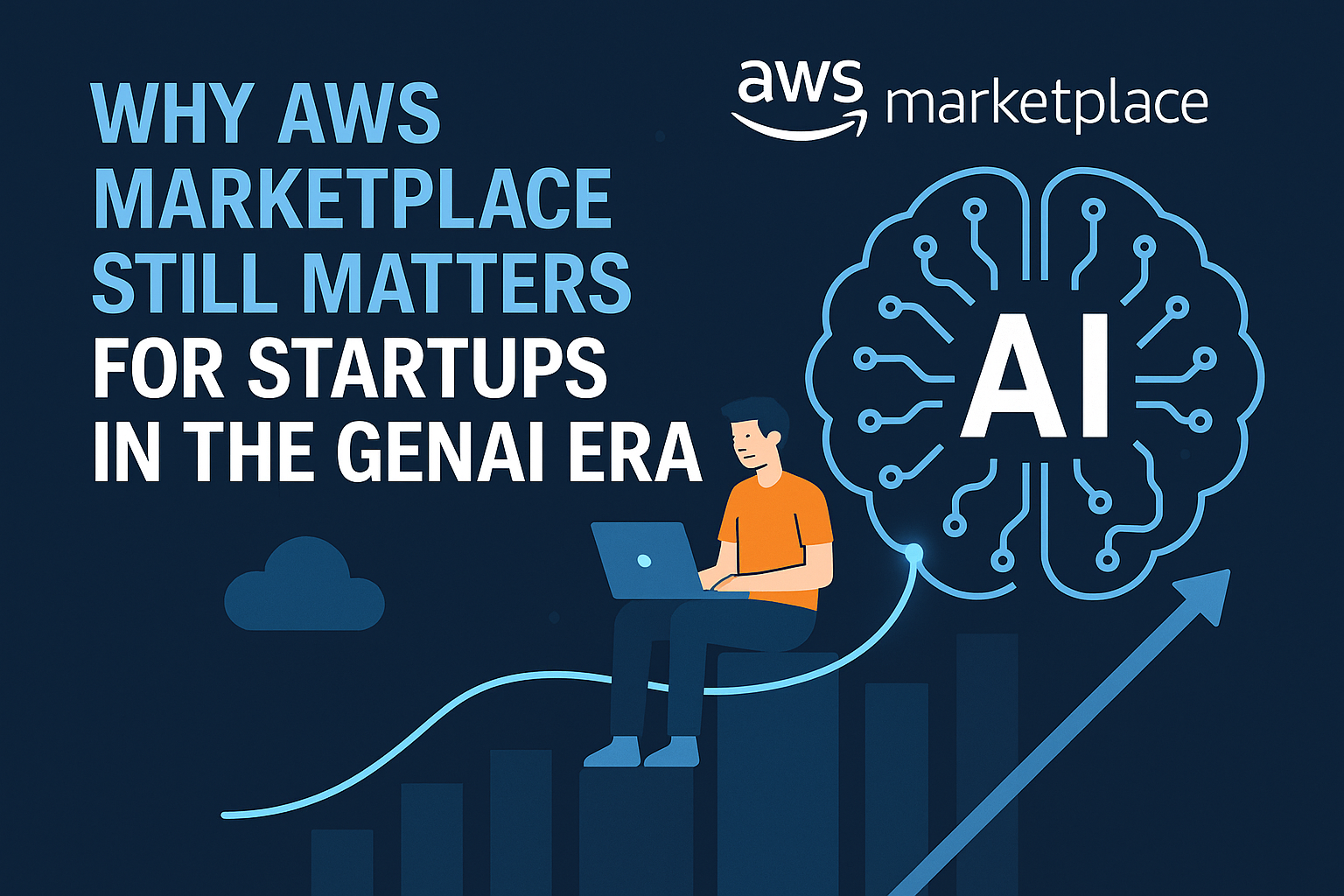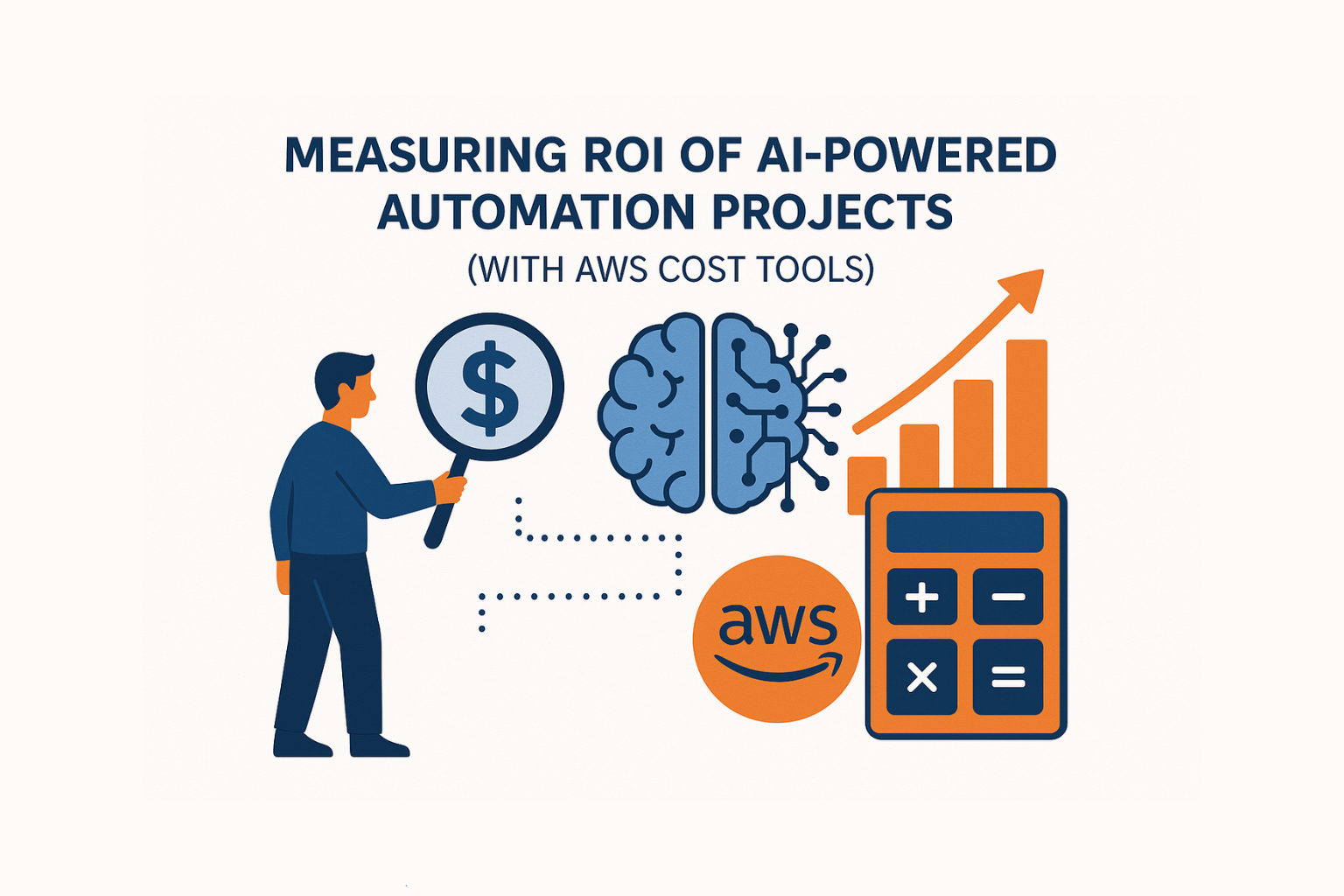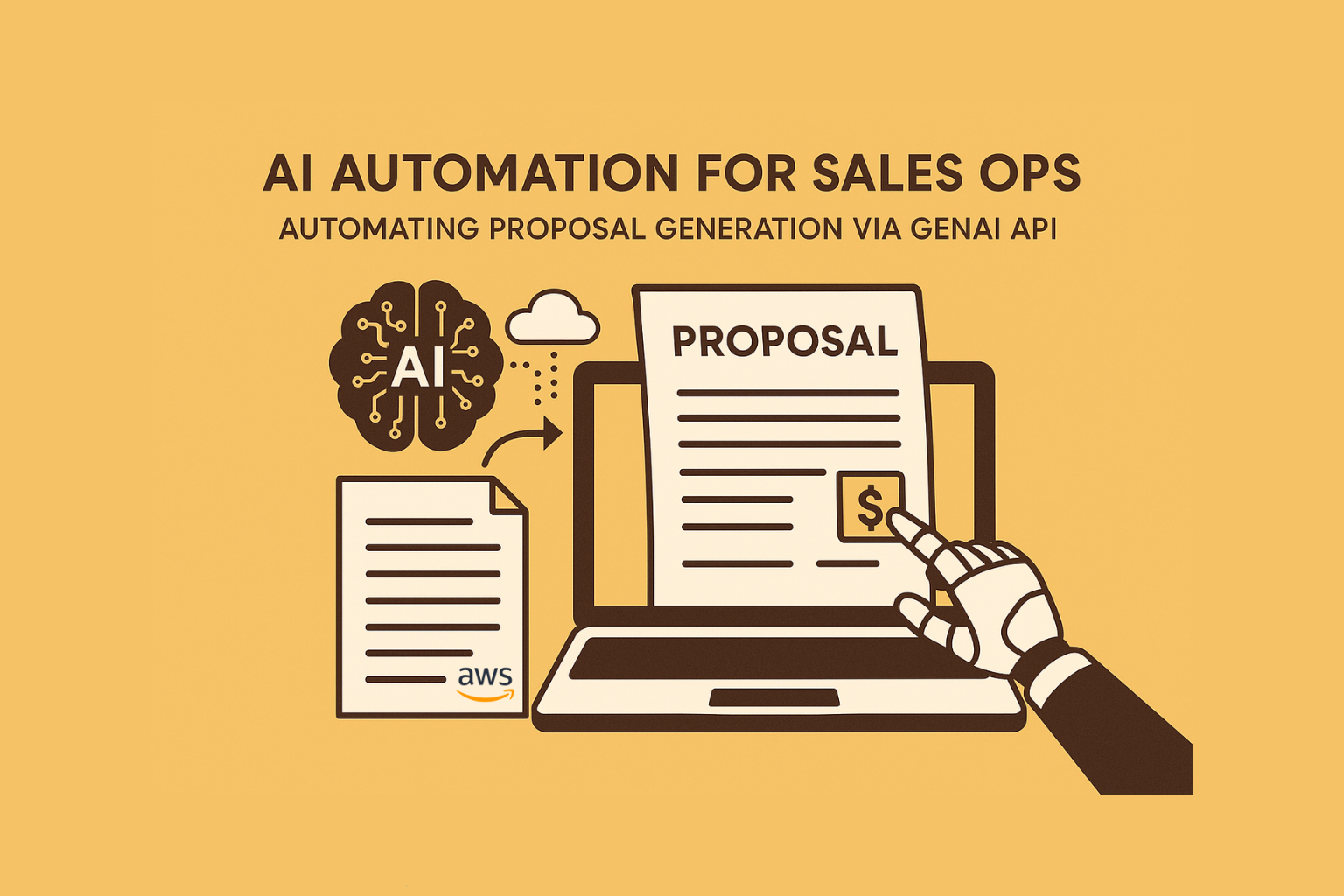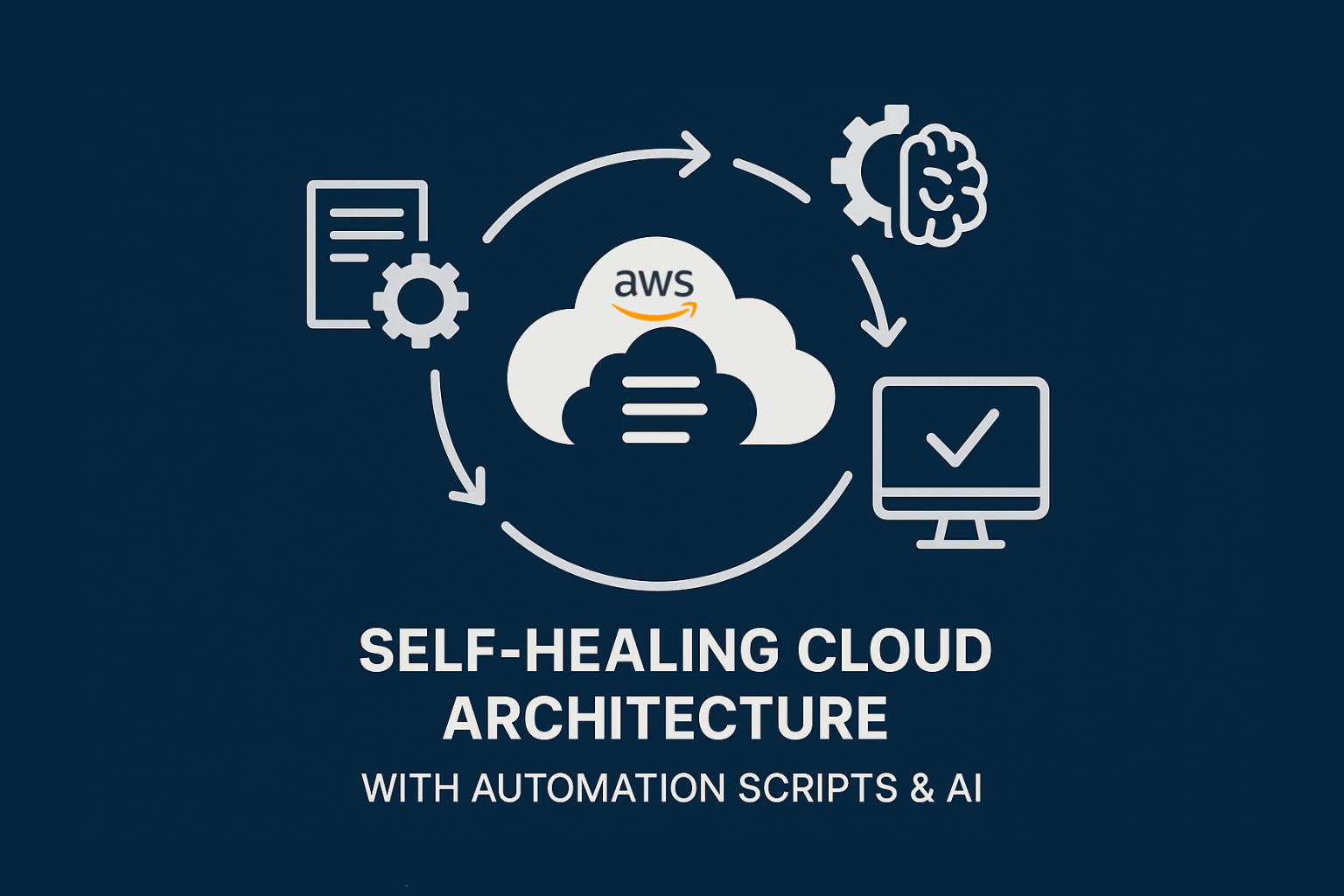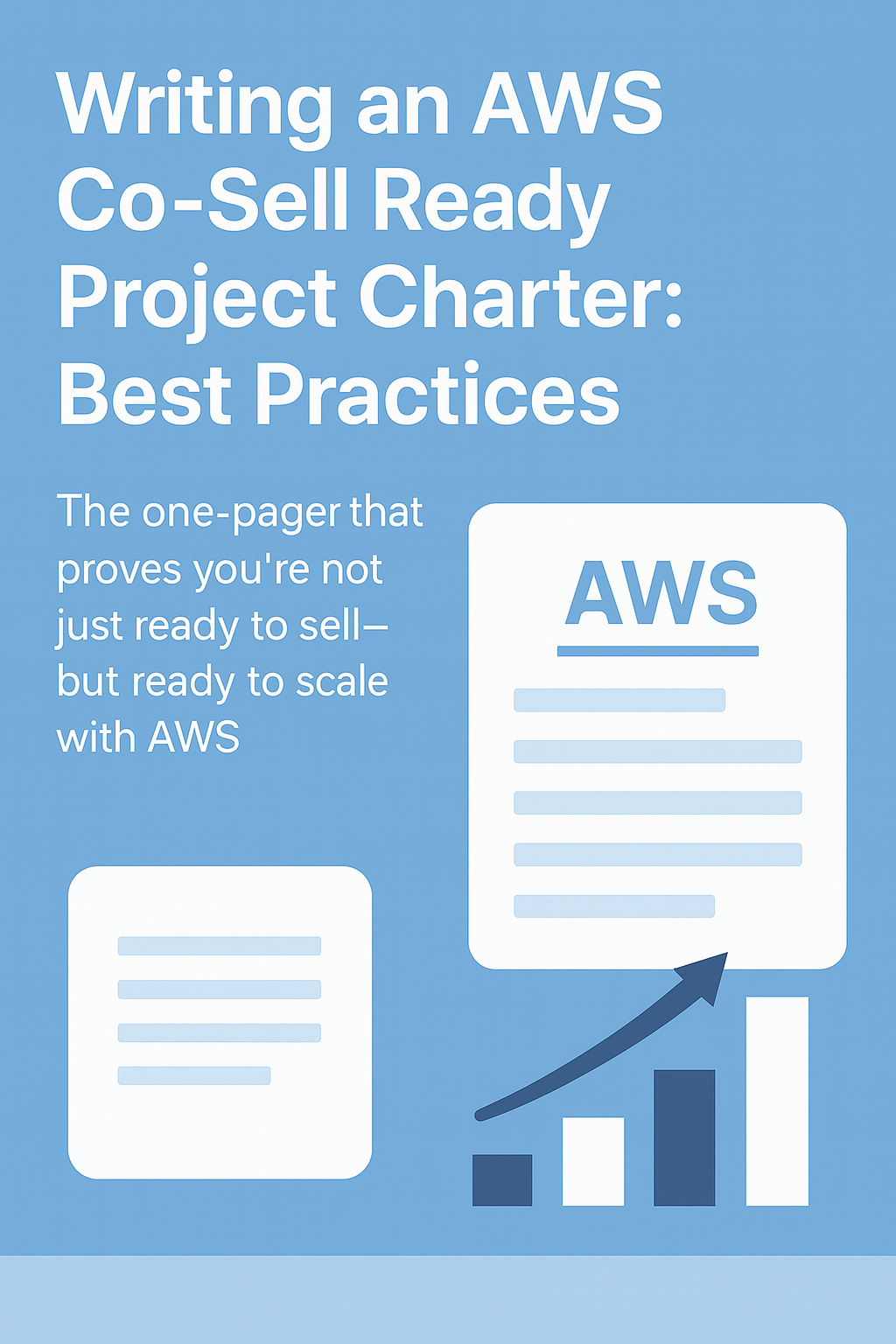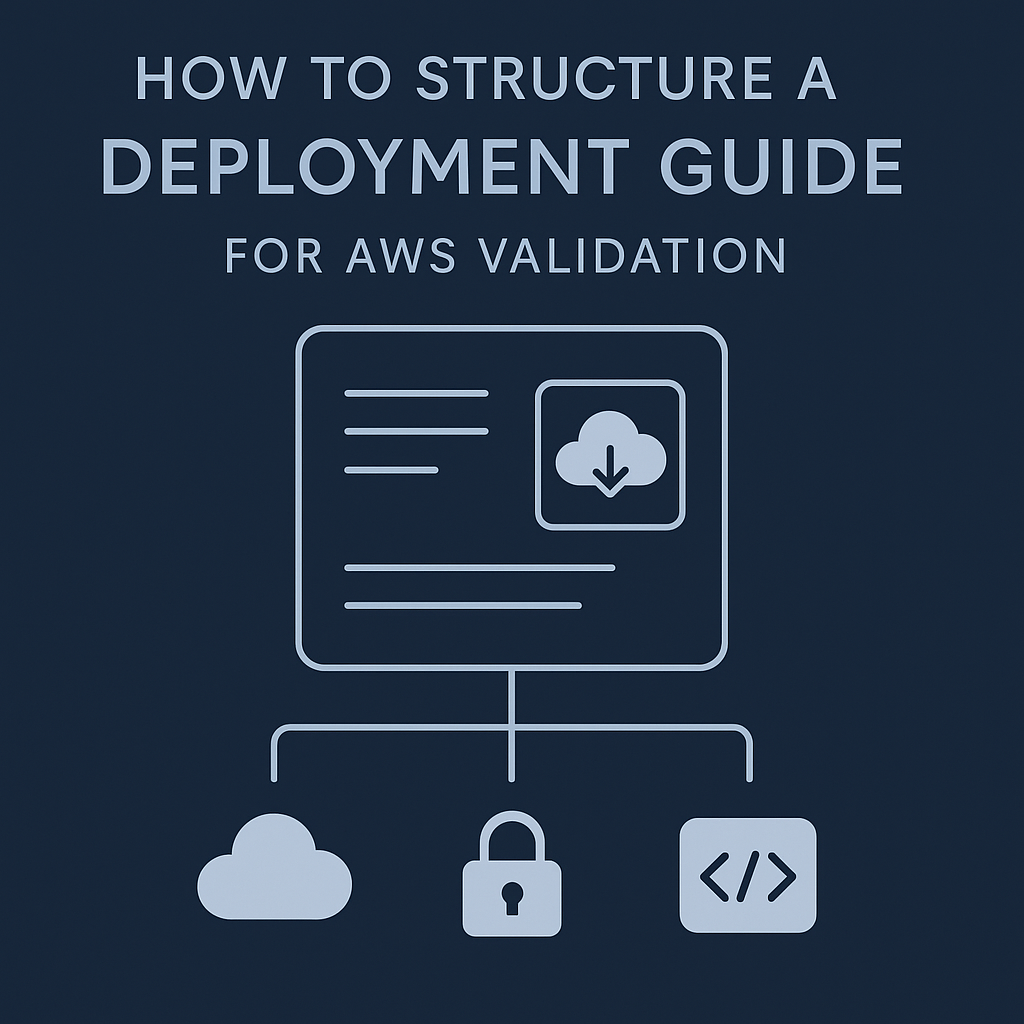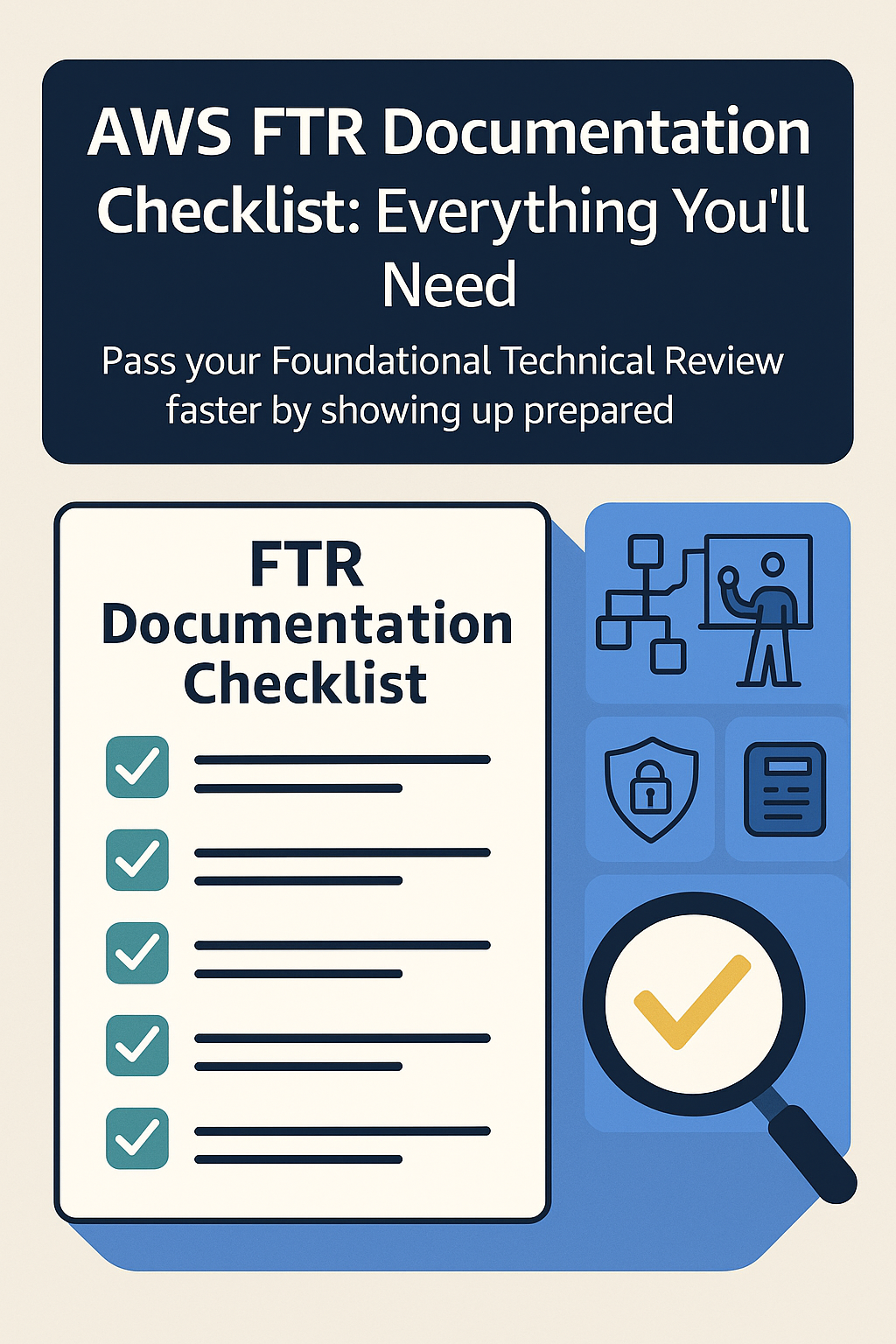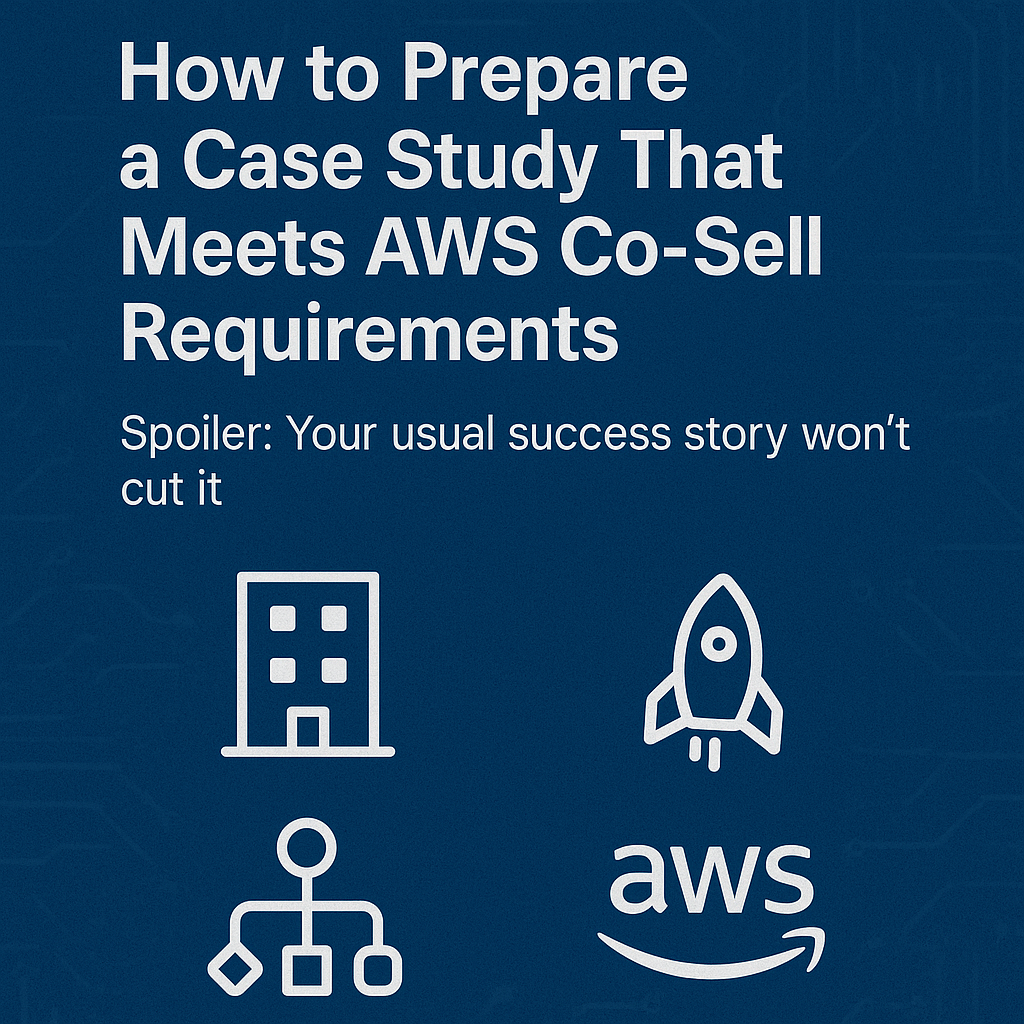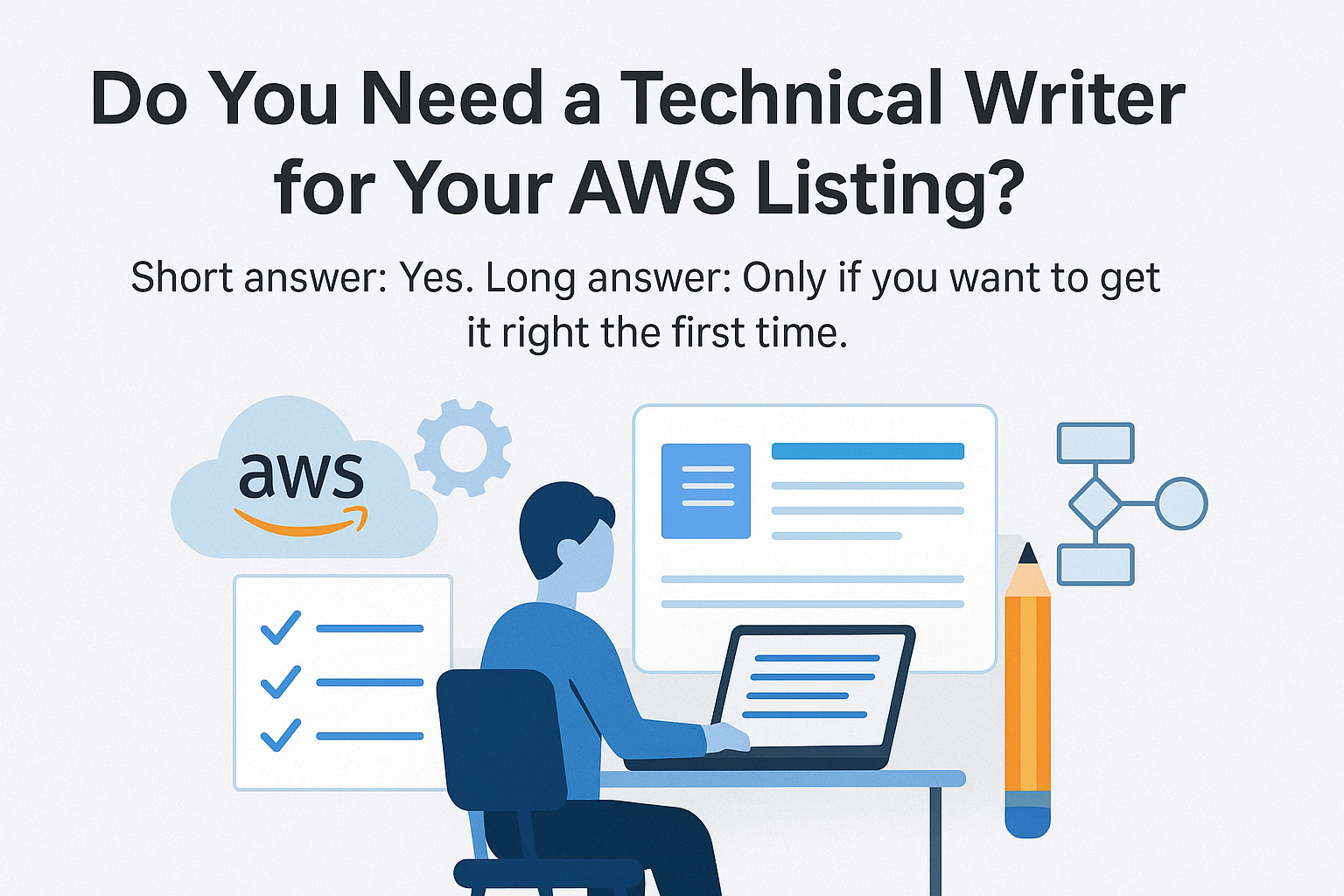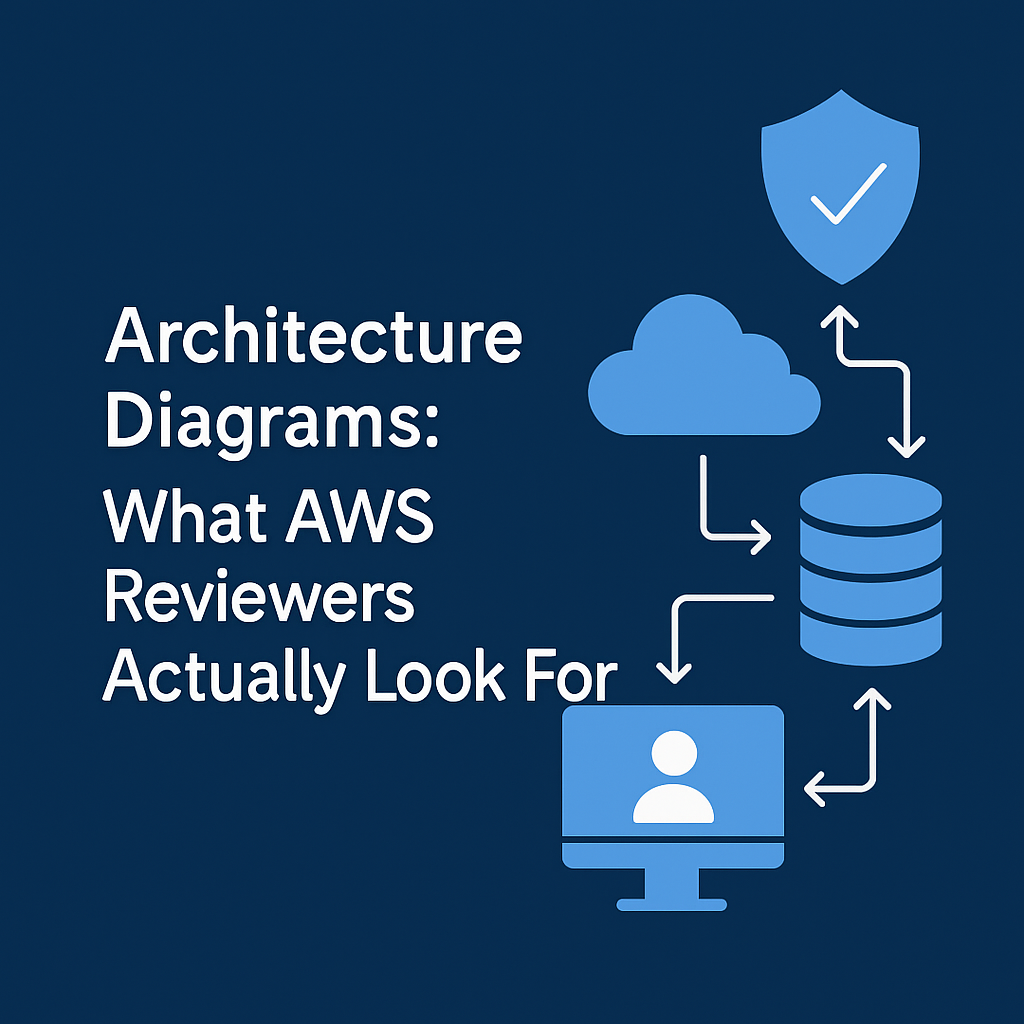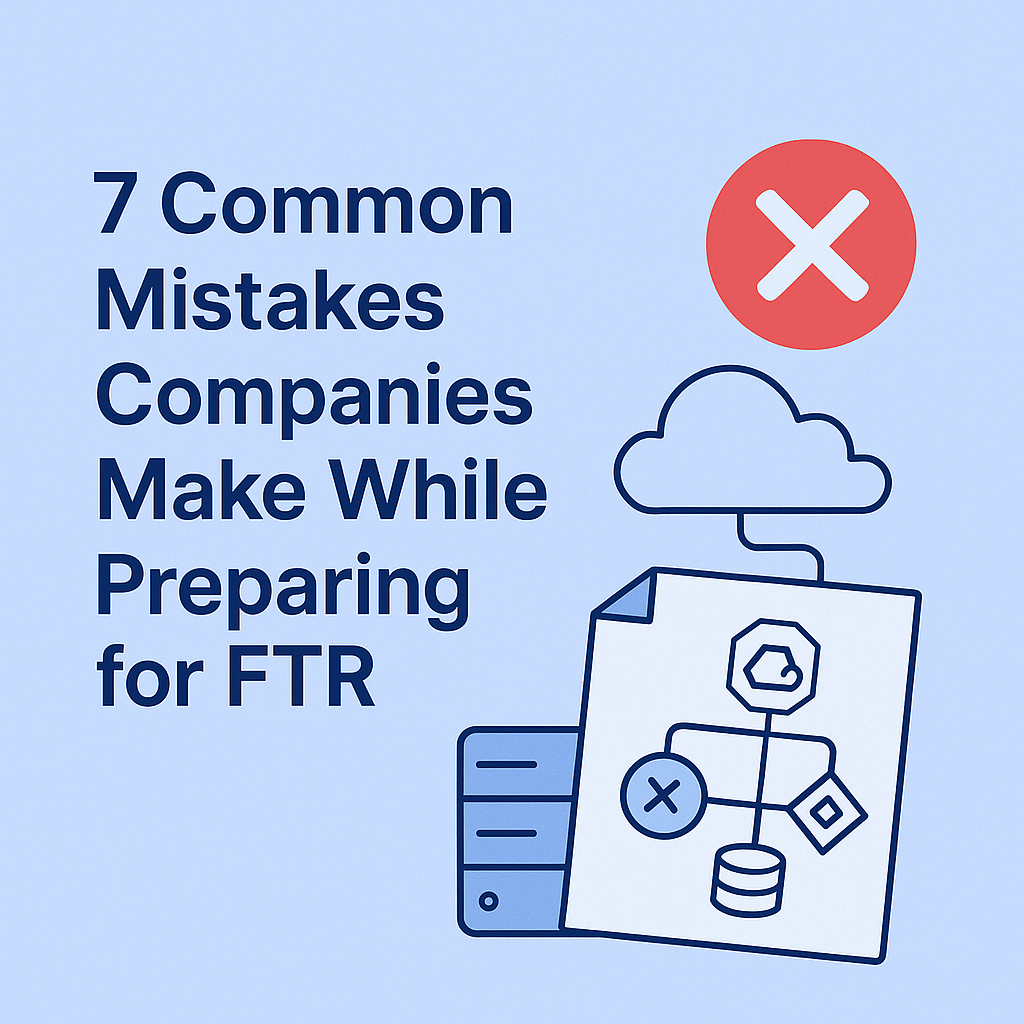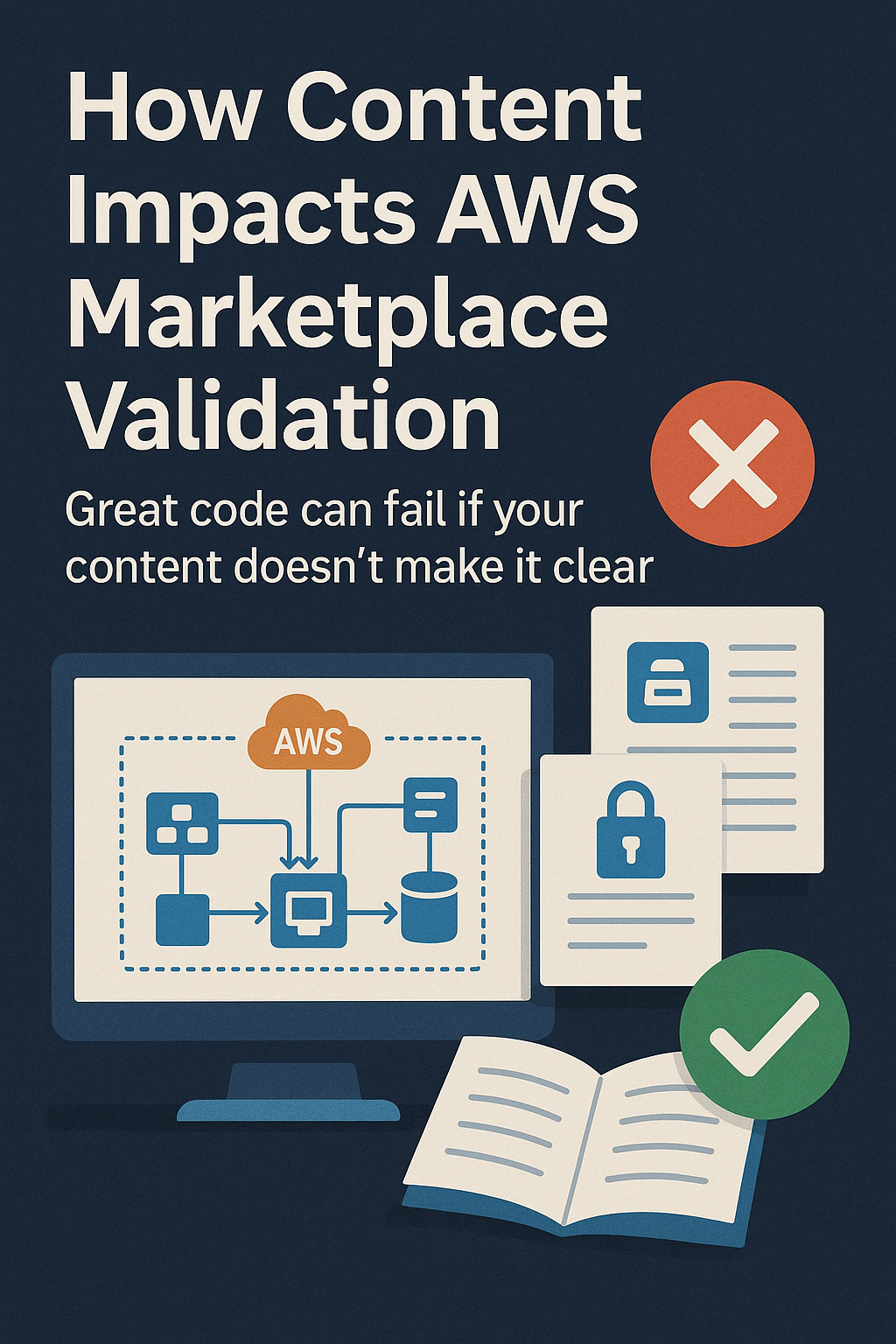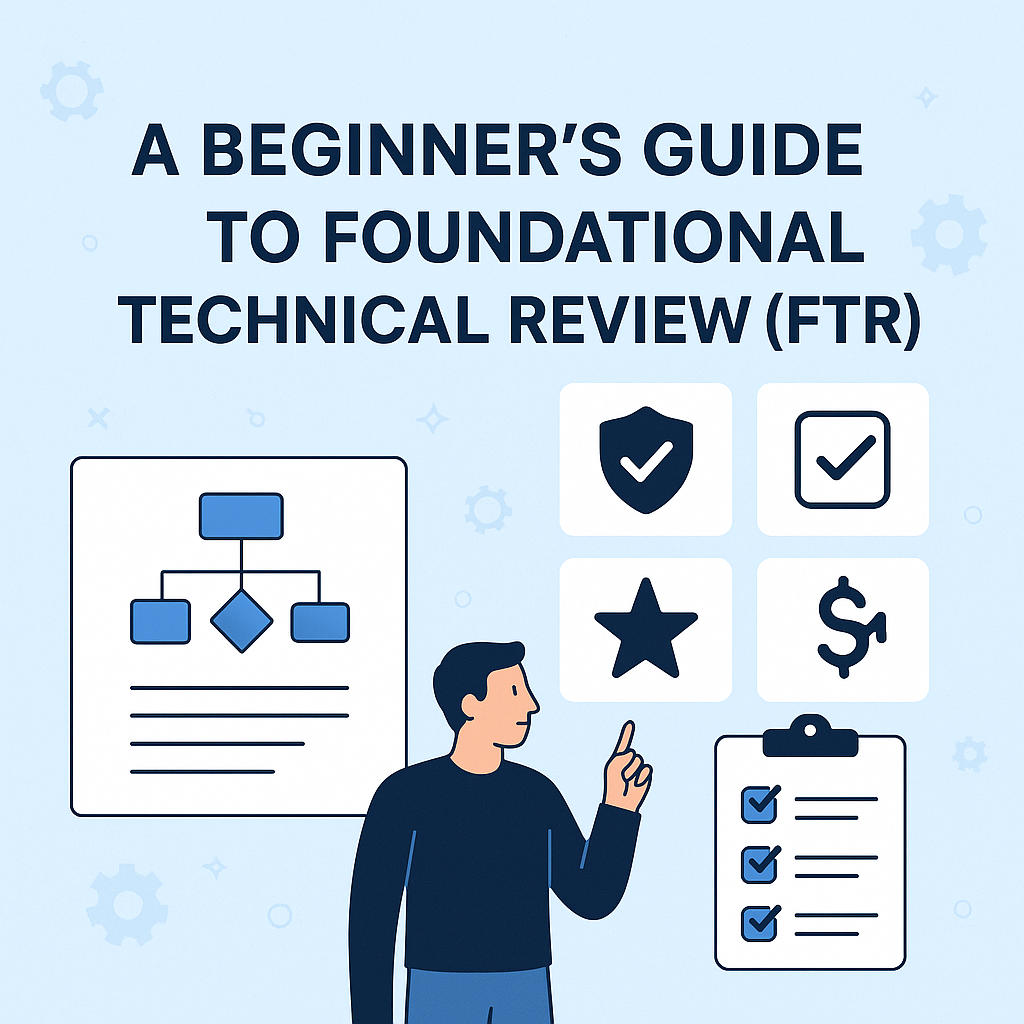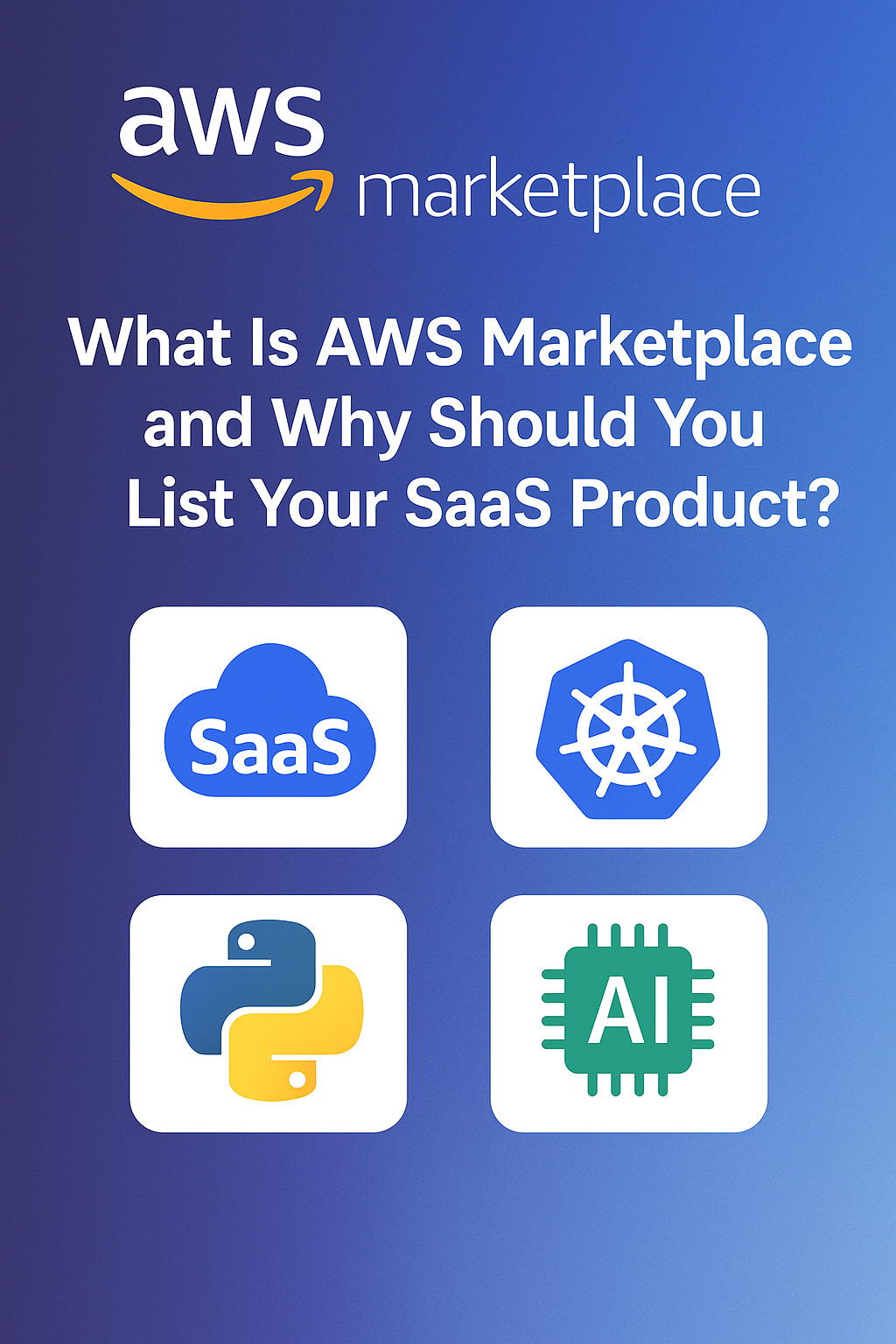Faster validation. Lower friction. Let’s compare the real cost of getting listed.
Introduction
You’re preparing for AWS Marketplace, Co-Sell, or FTR approval. And you’ve hit the inevitable question:
“Should we write all this ourselves or outsource it?”
Technical documentation, case studies, architecture diagrams, deployment guides- it sounds like a job for your product team. But that path often leads to delays, bottlenecks, and rework.
In this post, we compare in-house teams vs outsourced content packs for AWS validation, and what scales better when time, credibility, and accuracy matter.
Side-by-Side Comparison: In-House vs Content Pack
| Criteria | In-House Team | Marketeering Content Pack |
|---|---|---|
| Time to Completion | 3–6 weeks average (context switching, internal reviews) | 7–10 days (pre-scoped, parallelized delivery) |
| Cost | Hidden (engineering + PM hours) | Fixed, scoped cost with no hiring overhead |
| AWS Format Expertise | Low to medium (unless you’ve done this before) | High (we’ve supported FTRs, Co-Sell, Competencies) |
| Structure + Templates | DIY or improvised | Pre-built AWS-approved formats |
| Reusability Across GTM | Often siloed | Built for reuse (sales decks, landing pages, partner briefs) |
| Review Cycles | Longer, more fragmented | 1–2 short cycles, often reviewer-ready in first draft |
Verdict: Internal teams can do it, but it often takes longer, costs more in indirect hours, and leads to rework. Content Packs get you validated faster—with content you can scale across GTM.
What AWS Content Needs Look Like
Whether you go in-house or outsourced, here’s what you’ll need to prepare:
- FTR documents (deployment guide, architecture diagram, security overview)
- AWS Marketplace listing copy
- Case studies with real outcomes
- AWS-ready Solution Overview
- GTM briefs for Partner Managers
- Reference Architecture for scaling or Co-Sell
That’s a lot of context-switching for in-house teams—especially when AWS expects reviewer-ready formatting.
Common In-House Pitfalls
- Internal tech docs repurposed (but too engineering-heavy)
- Security or architecture sections copied from product manuals
- Case studies written like press releases
- Marketplace listing written by marketing—but with no AWS context
- Engineers spending 10–20 hours not building product
Why Content Packs Win for Speed and Scale
With an AWS-focused content pack, you get:
- 🔹 Structured documentation that speaks AWS reviewer language
- 🔹 Reusable copy across Marketplace, website, and GTM decks
- 🔹 Domain-specific storytelling for SaaS, AI, DevOps, or Security
- 🔹 Fewer bottlenecks from internal handoffs
- 🔹 Assets delivered and formatted for Co-Sell, not just “getting listed”
In short: less writing, more shipping.
When In-House Might Still Make Sense
- You’ve already passed FTR before and have templated content
- Your internal tech writer has AWS validation experience
- You’re not time-bound and prefer full internal control
- You’re in an early pilot and just want MVP docs (for now)
Even then, you might want a hybrid: internal first draft, external QA & formatting.
Conclusion
AWS content isn’t just a writing job.
It’s a mix of technical clarity, GTM alignment, and review-readiness.
If you need to move fast, validate once, and reuse across your AWS journey, go with a prebuilt content pack.
It’s not a shortcut. It’s a smart path.
Want to see how fast your team could be ready for FTR or Co-Sell?
Contact us for more details.

